Although we have lived in South Africa for almost 40 years, we have never been able to go to Namibia … until now. Our best friends were spending time in Walvis Bay, so … catching a plane to Walvis was the name of the game.
Coming in with a fairly small plane, the first impression is sand, sand and more endless sand! Walvis Bay lies on the Atlantic coast hugged on all other sides by desert : the sand and dune desert to the south all the way to Luderitz and the more rocky Namib Naukluft National Park to the east and the north.
Exploring Walvis Bay and the immediate surroundings during those few days made us understand how much more than only sand creates this unique landscape.
Day 1: trip to Pelican Point
Our first trip took us to the remote peninsula of Pelican Point, a unique stretch of land wedged between the unspoiled beaches of the cold Atlantic ocean on the one side and the lagoon of Walvis Bay on the other side. We made a stop at the promenade to see the wave of pink: hundreds of flamingos wading in the shallows to find food. They’re not shy and come close to the breakwater: a continuous wave of pink that moves from left to right and back in constant search of food in the shallow waters of the lagoon.
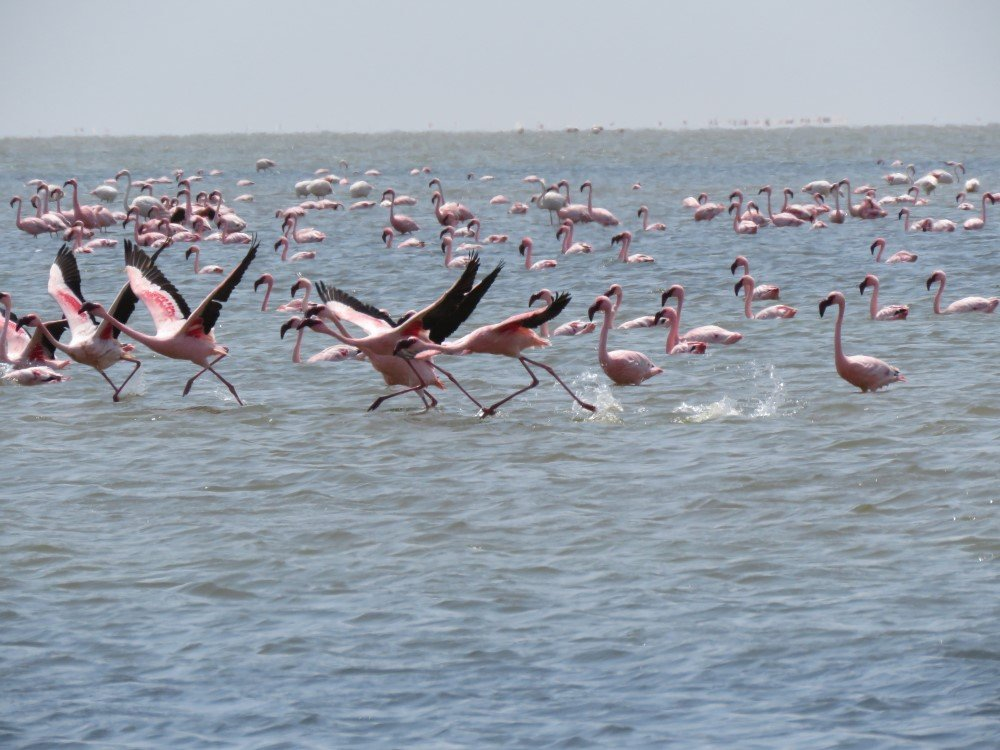
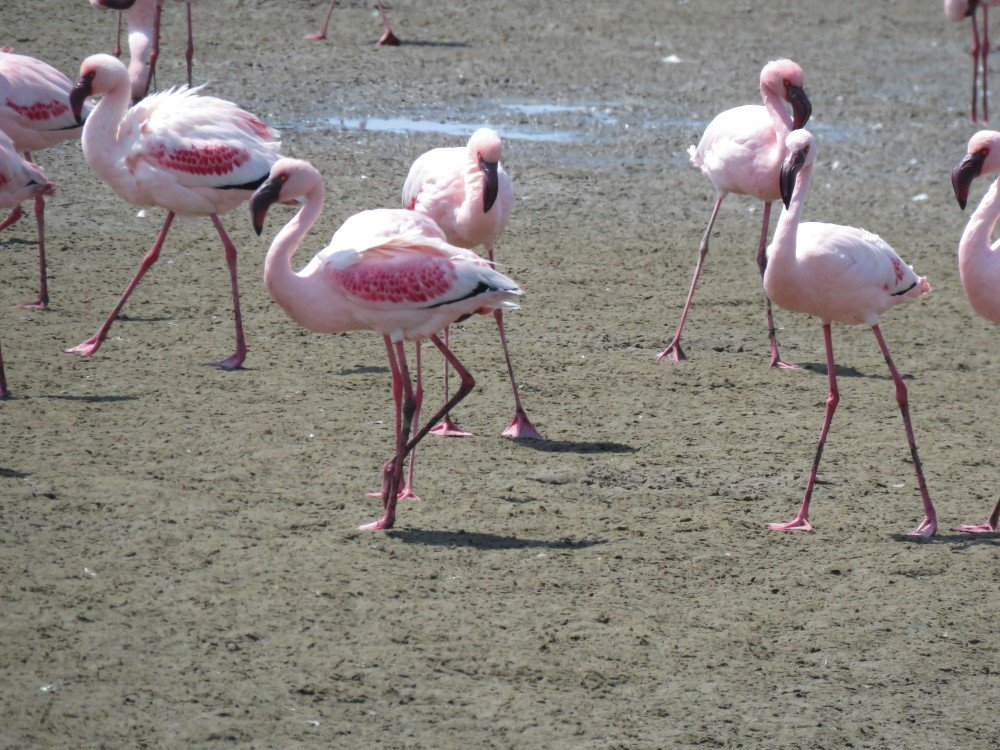
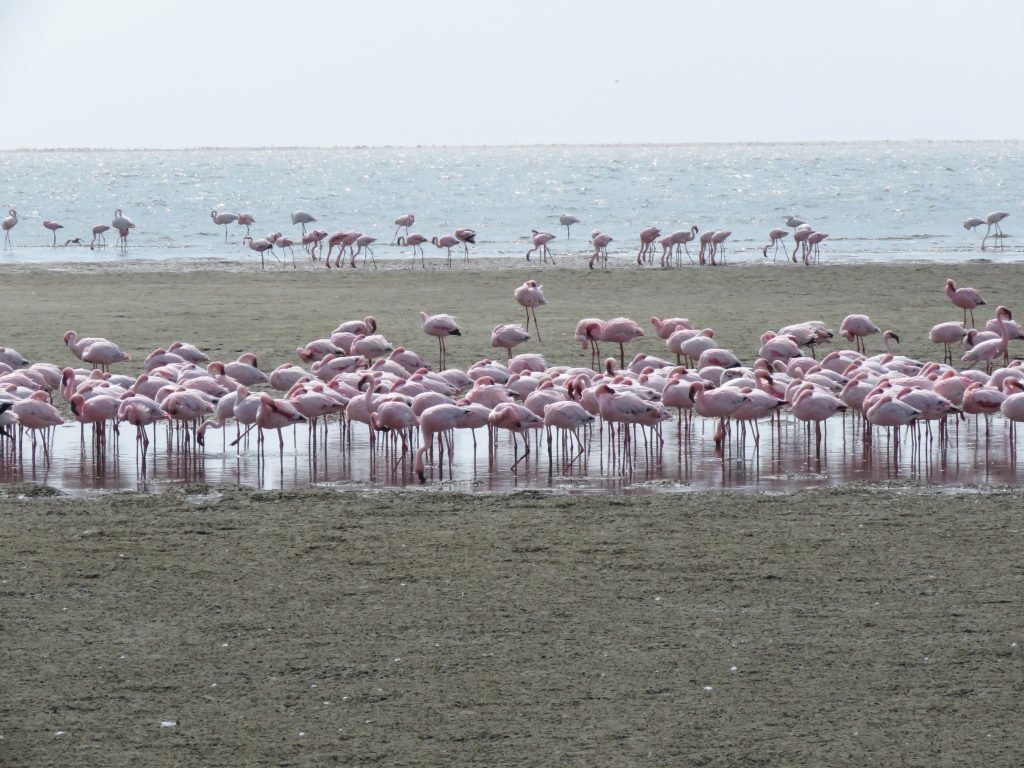
The road towards Pelican Point takes you out of town and the promenade, towards the red salt pans and the beaches of the peninsula. The dried and crusted salt crystals shimmer in the sunlight as if somebody tripped and spilled a bag load of tiny diamonds onto the pan. It creates a stark contrast with the dark red water and grey crusted earth and mud. Due to traveling in a normal sedan and not a 4×4, we couldn’t drive all the way to the end of the peninsula to the historical lighthouse. We ended up at the beach where the wind created a stiff surf and a lonely seal was in and out the surf battling it out against the waves.
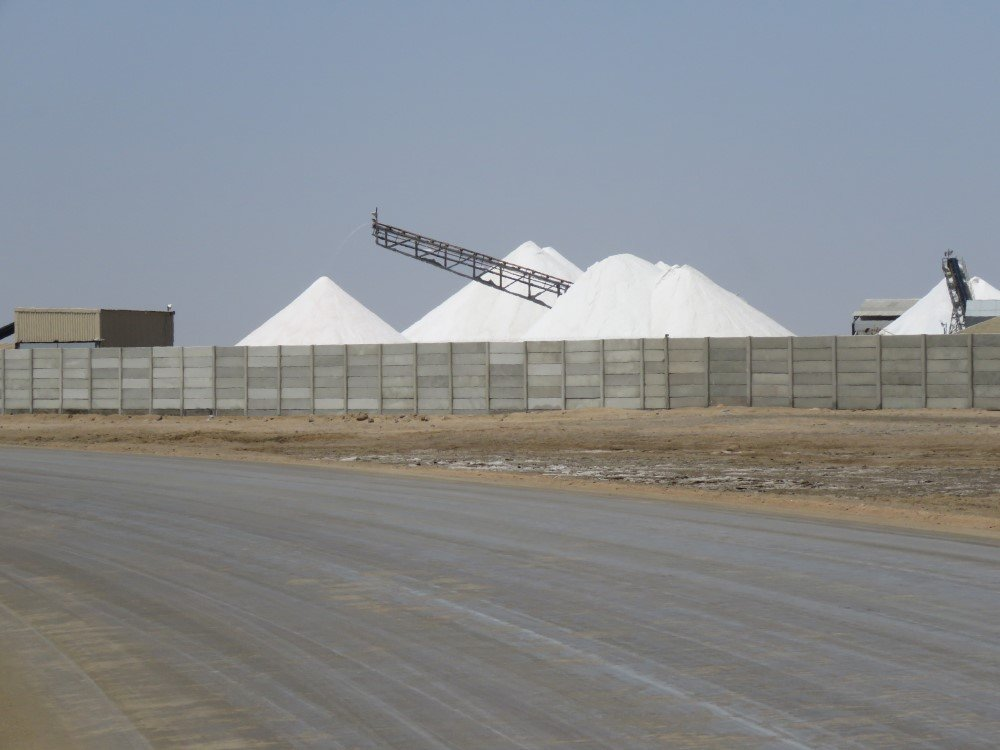
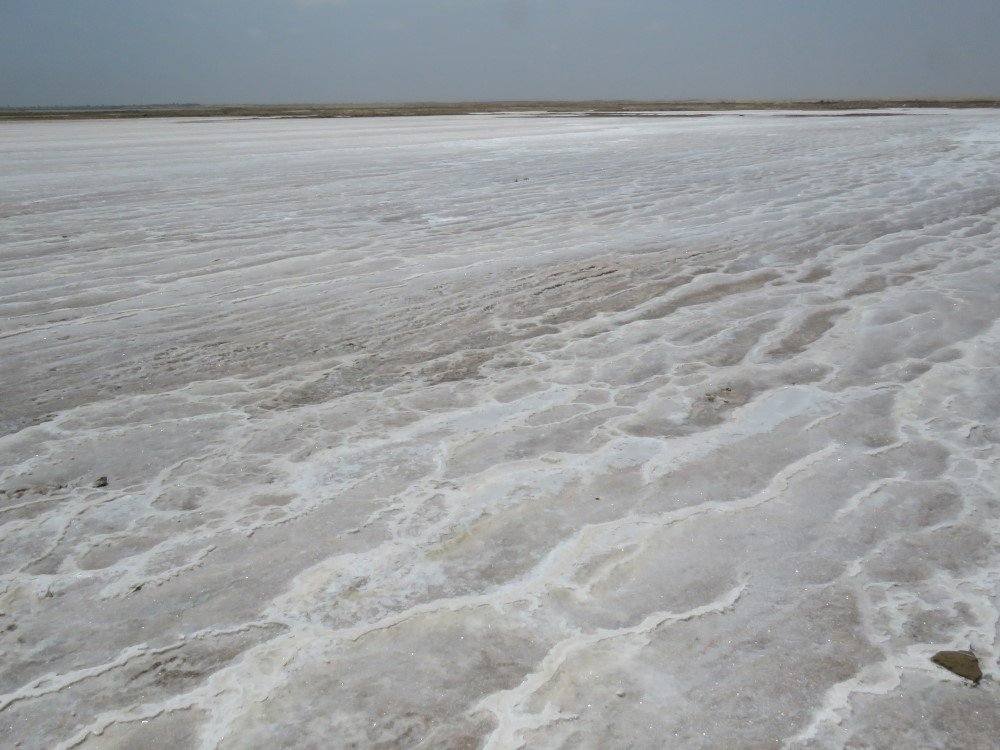
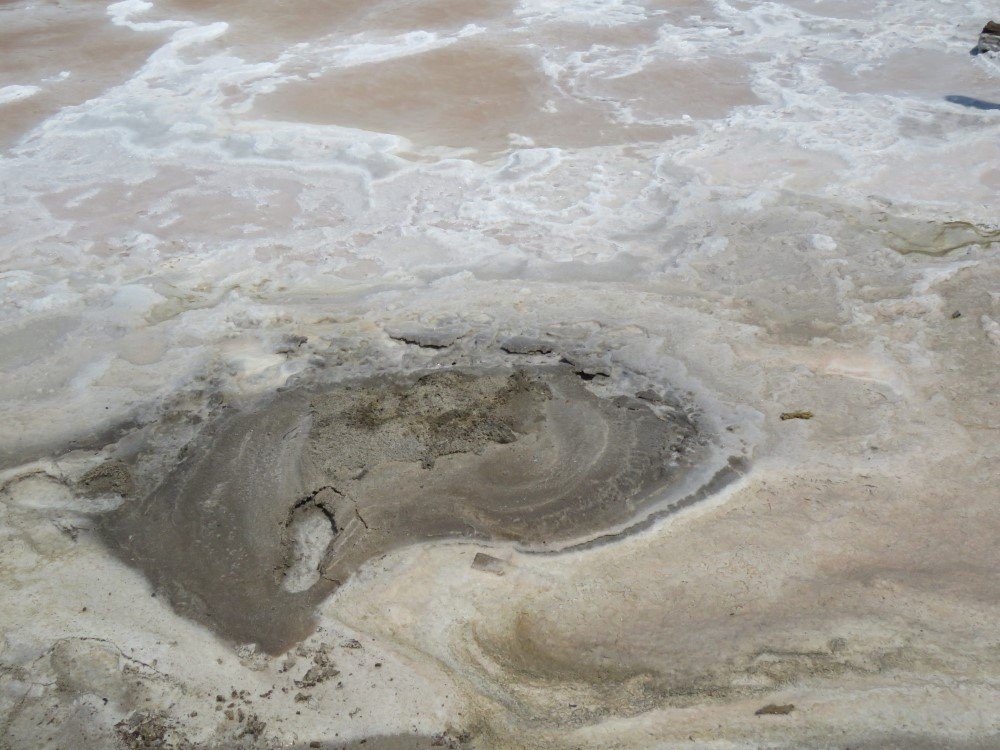
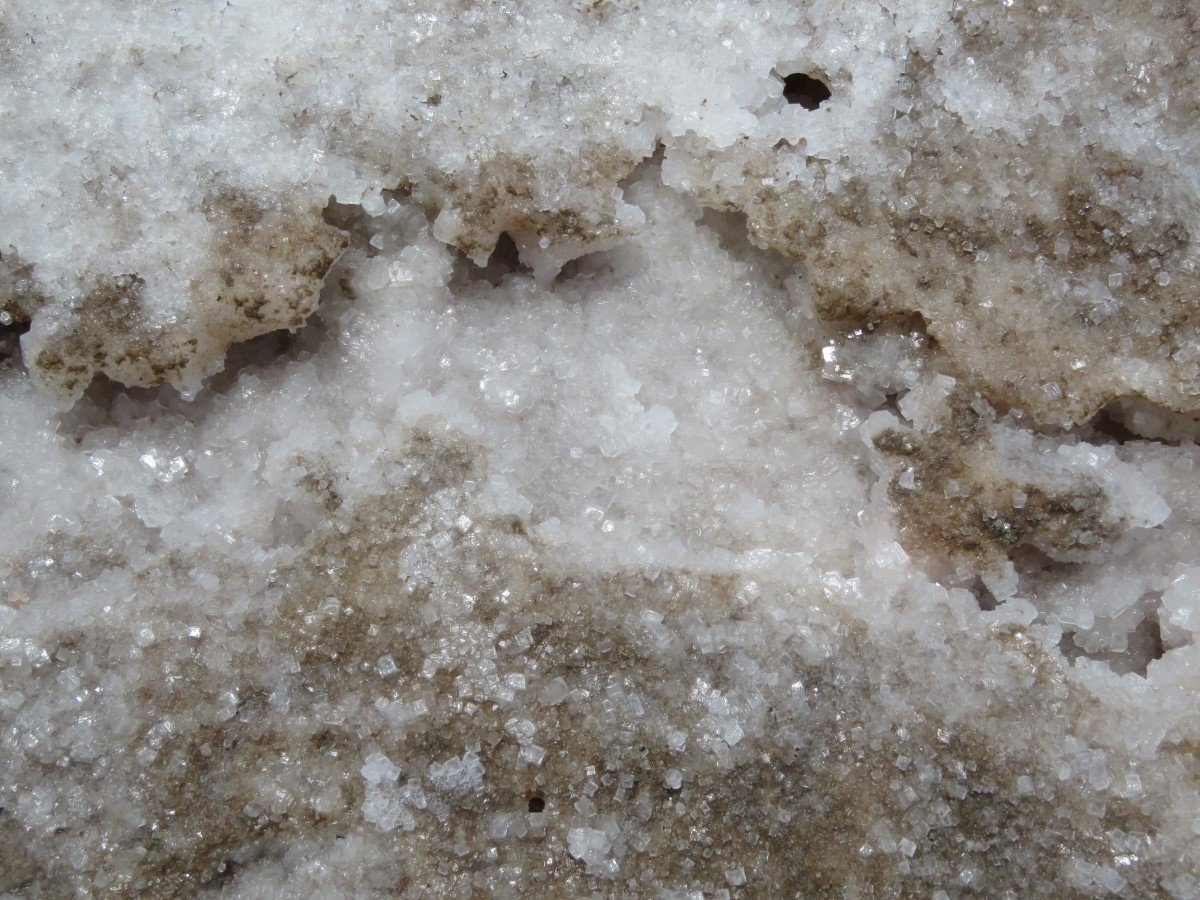
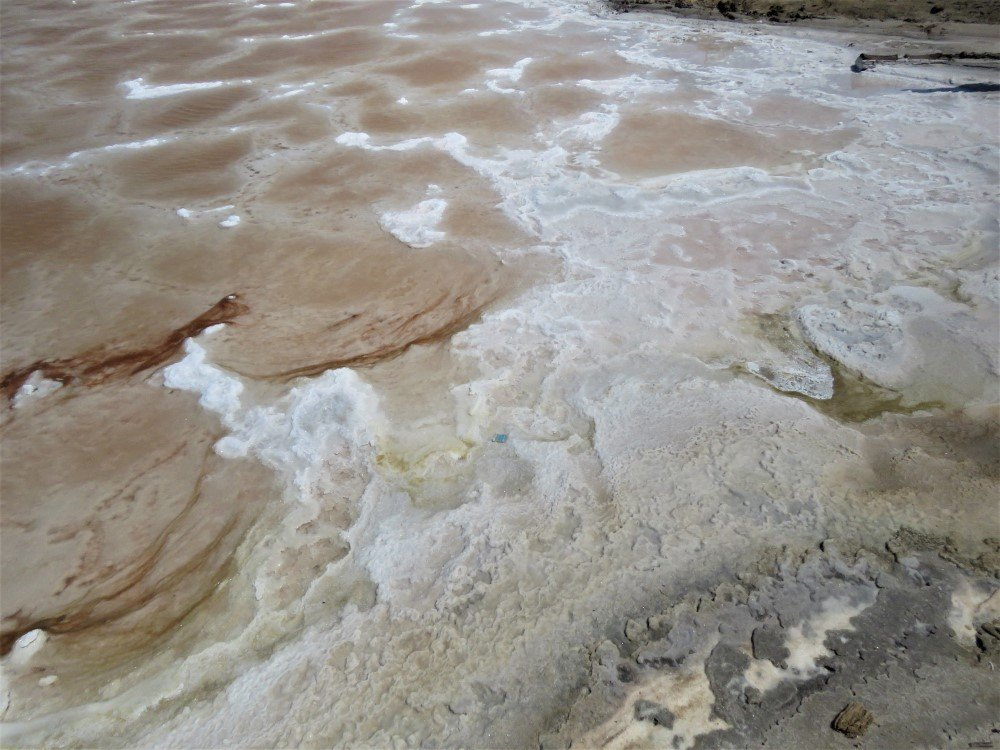
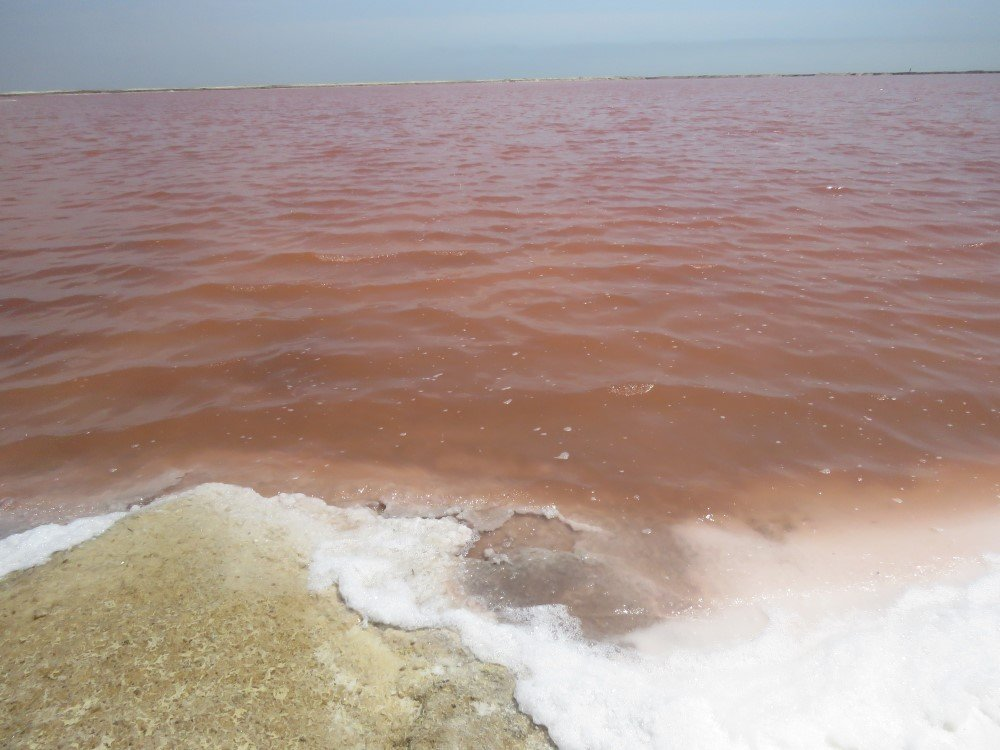
On our way back into town, we eventually saw a few elusive pelicans at the promenade area.
Day 2: trip to the Moon Landscape and the Welwitschia Plain
One of the iconic vegetation forms of the Namib Desert is the Welwitschia: a dinosaur plant that has survived the harshness of the desert for millennia and thrives in an environment where nothing much else survives.
Driving towards the Welwitschia we passed the Moon Landscape. One couldn’t have found a better name because it’s dry and rocky and it stretches for as far as you can see. Standing there, looking out into the distance, you feel small and intimidated by the sheer size and desolation.
Driving down in one of the valleys however, there is a surprising amount of trees, but the earth is parched and cracked. A lonely dried buck spoor bears testimony to the fact that wildlife indeed seems to survive here, feeding on the trees and little shrubs that break through the parched soil.
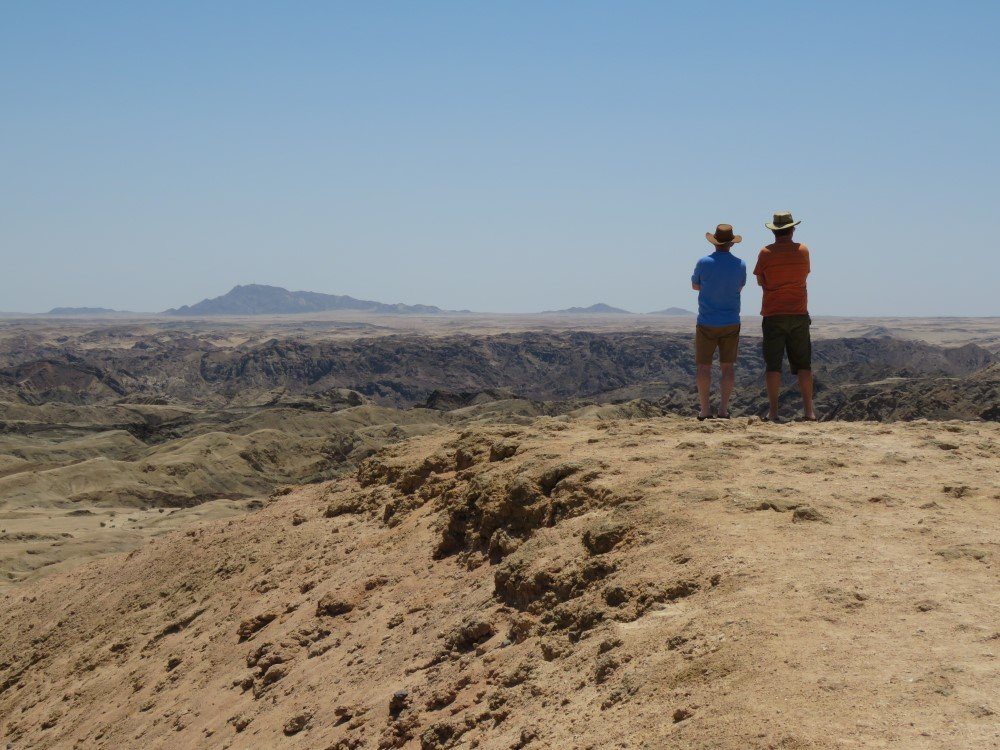
Driving further through this dry and desolate landscape, we eventually found the Welwitschia Plain: home to one of the oldest plants on the planet. The oldest specimen in that area seems to be approx. 3000 years old and is fenced off for protection. It's hard to imagine how - in this immense world of rock and stone - the Welwitschia survives. There are however a myriad of younger Welwitschia’s spread around in the vicinity. Some had little signposts to indicate if they were male or female.
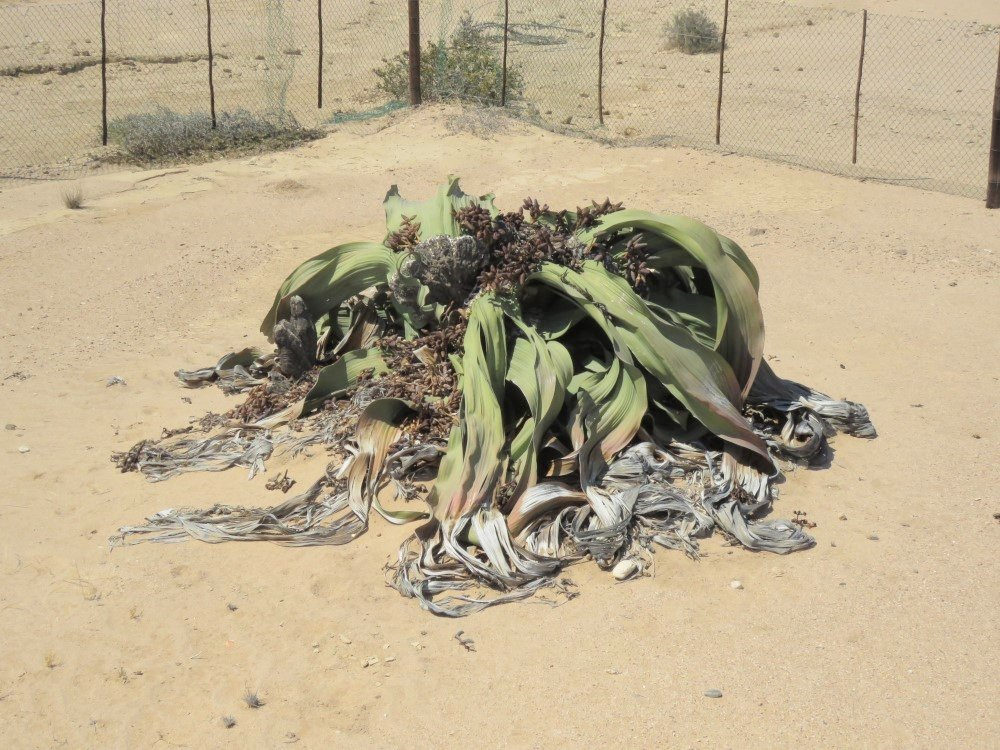
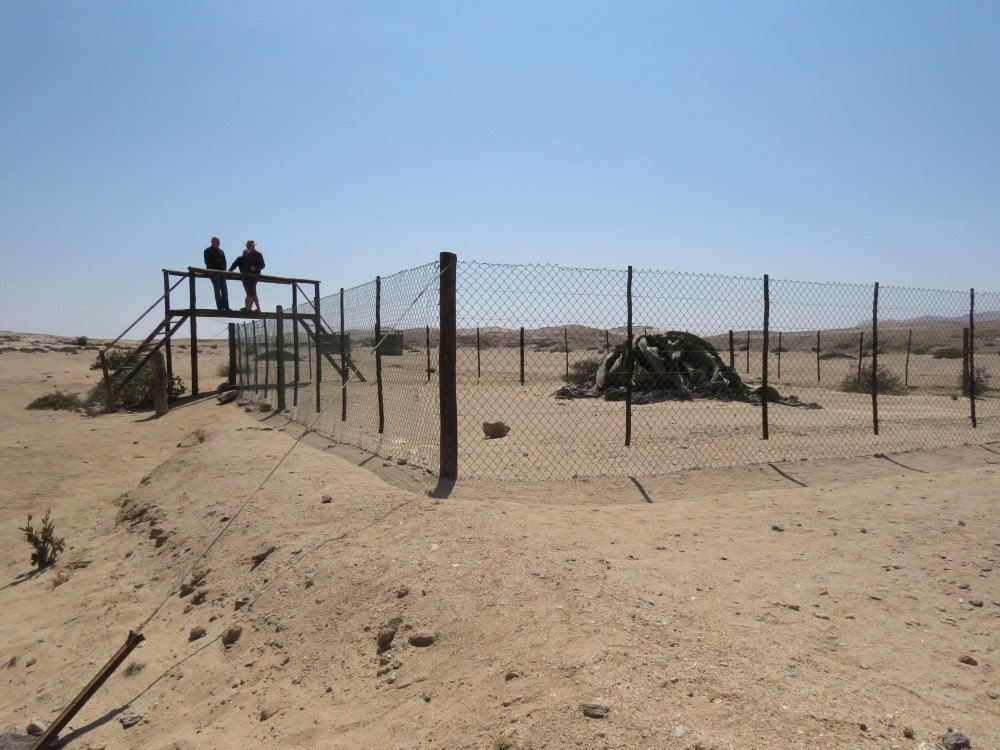
Day 3: trip to Dune 7 and deeper into the desert.
When we arrived in Walvis Bay two days before, we had passed Dune 7 on the way into Walvis Bay from the airport. Being the iconic example of what we imagine the desert to be, we took a drive out to the dune and climbed it.
Even in mid season, the sand was hot and scorched our feet – some more than the others. On the exposed top of the dune the wind blows to its heart’s content and sandblasts whatever happens to in its path. The edges of the dunes are softened by the clouds of sand dust that are blown up by the wind and transported ever further up and down the dunes by the wind. The patterns in the sand echo the waves of the ocean just a few km away.
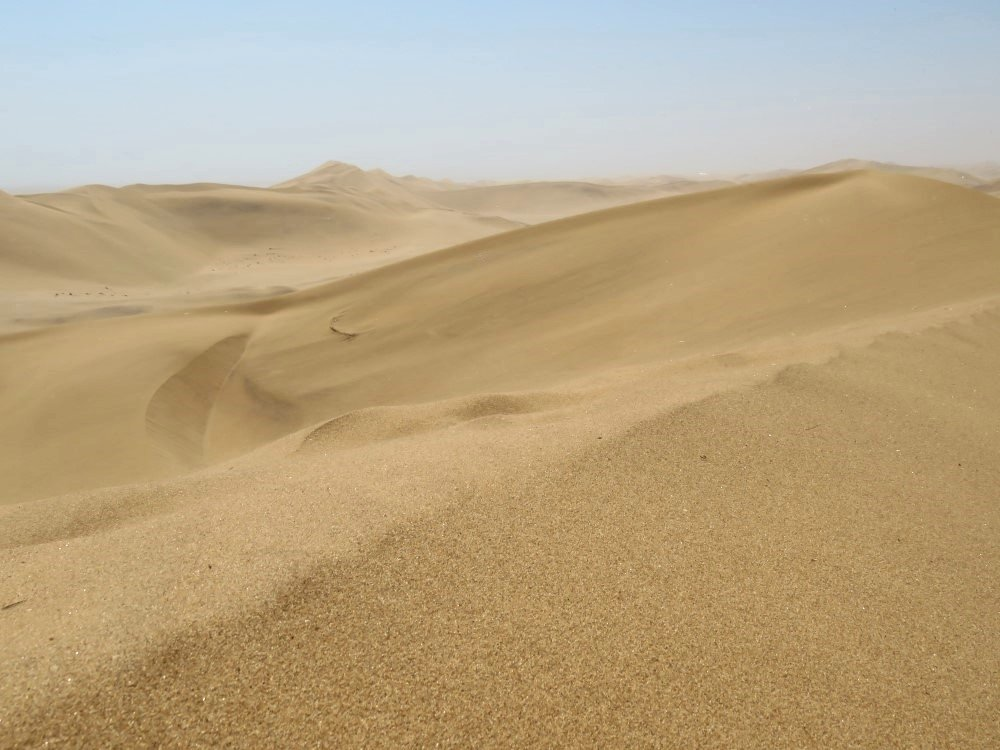
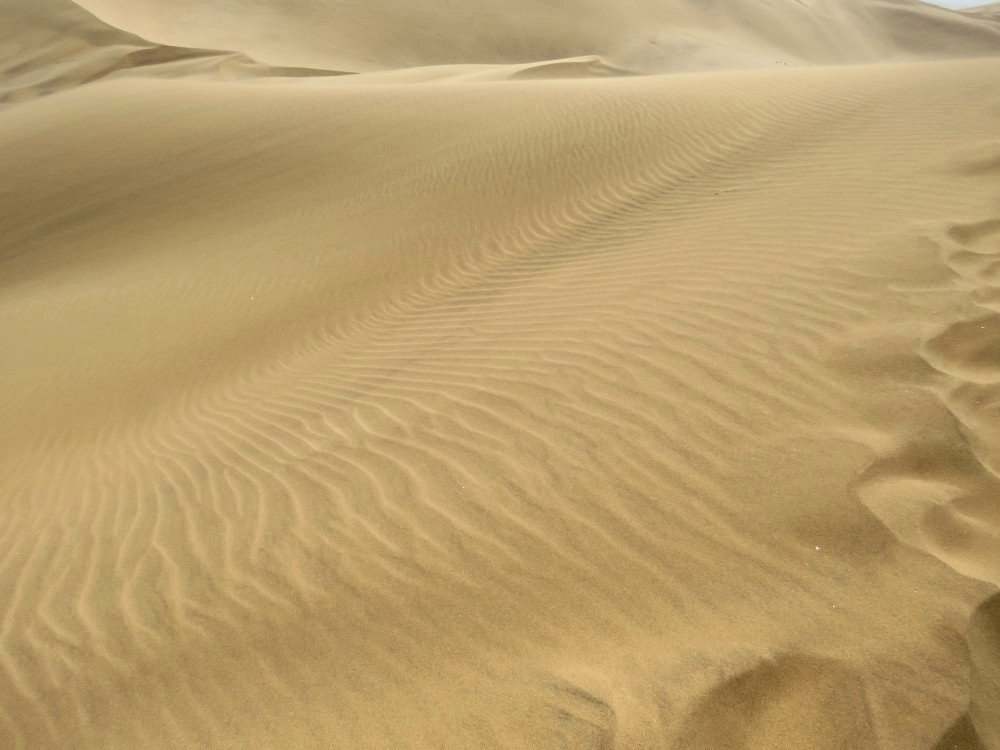
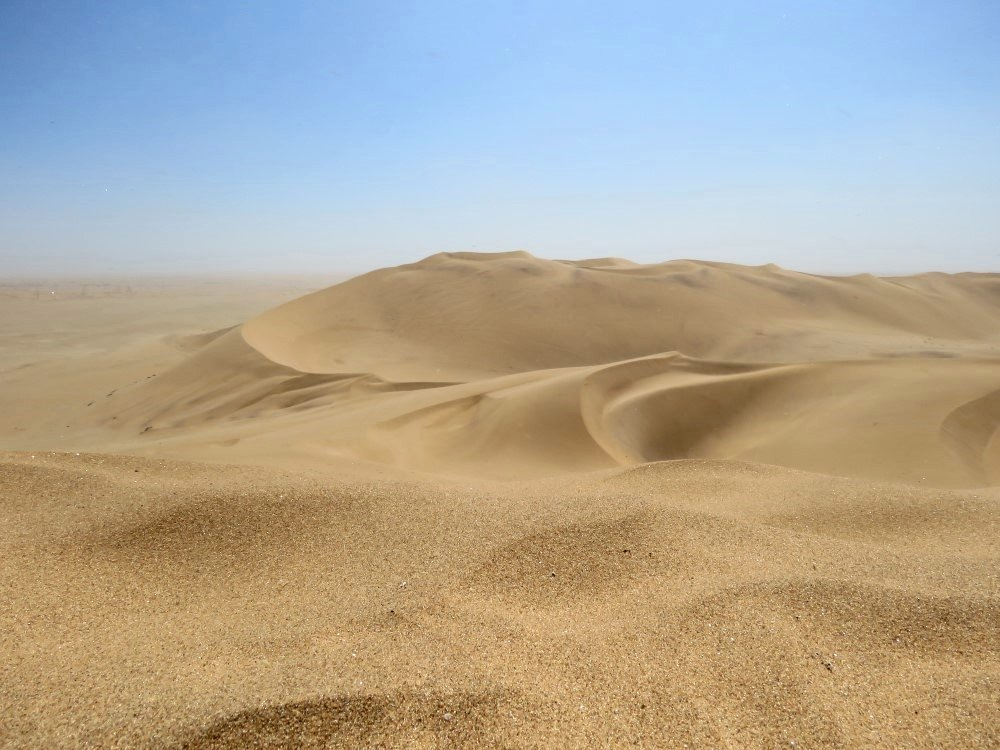
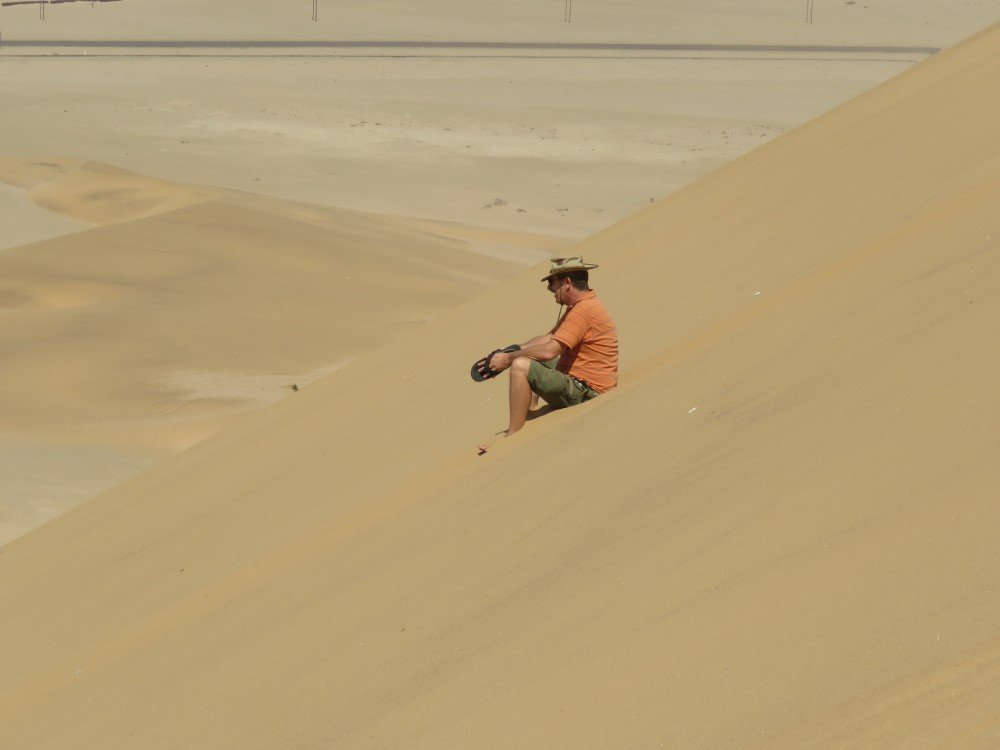
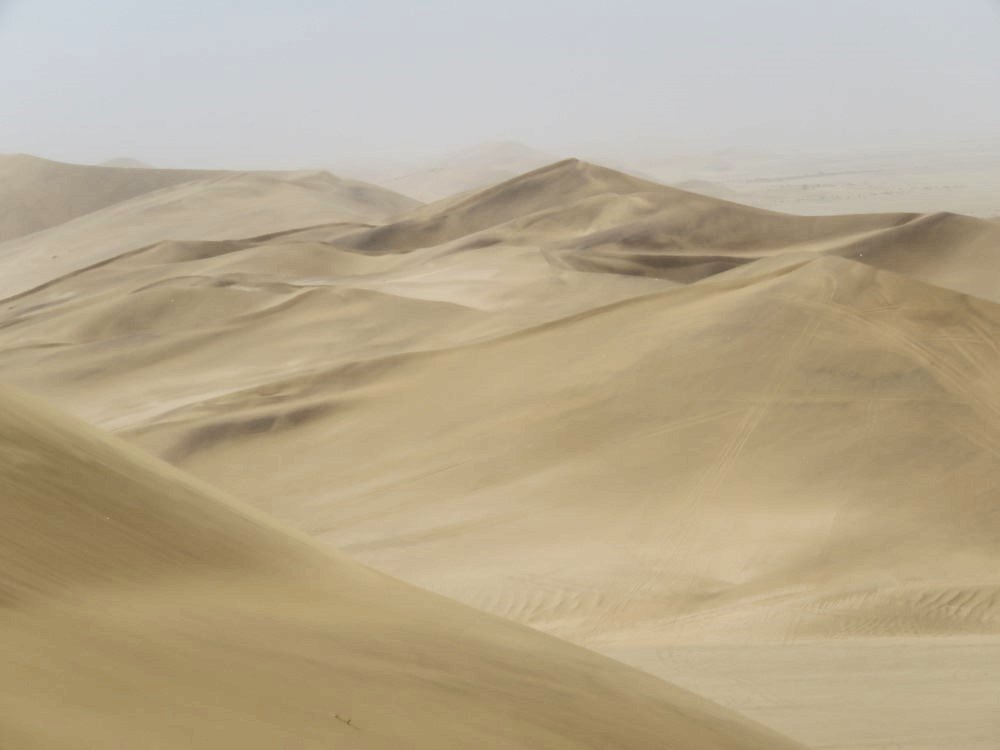
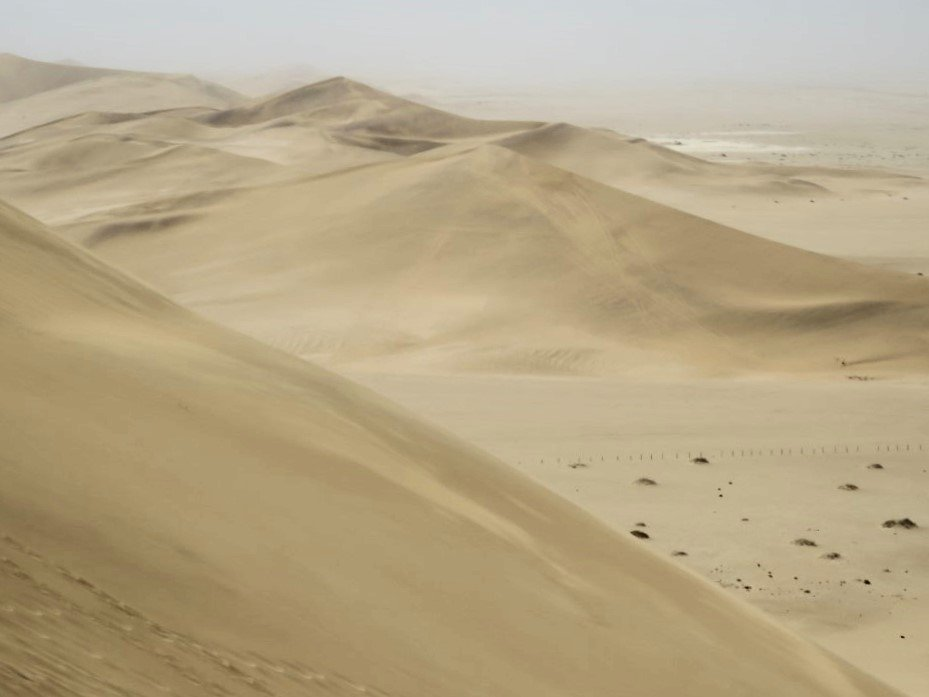
With sand in our shoes we took to the road again, but decided to get off the beaten track and venture onto the desert roads to see what we could find in the sandy wilderness: buck spoor, dried and hardened in a bas-relief pattern on the desert floor, endless dirt roads that seem to go off this earth and layers of rocky silhouettes disappearing into the distance: blue and sand... the overall color scheme on a sunny day in the Naukluft Namib Desert plains
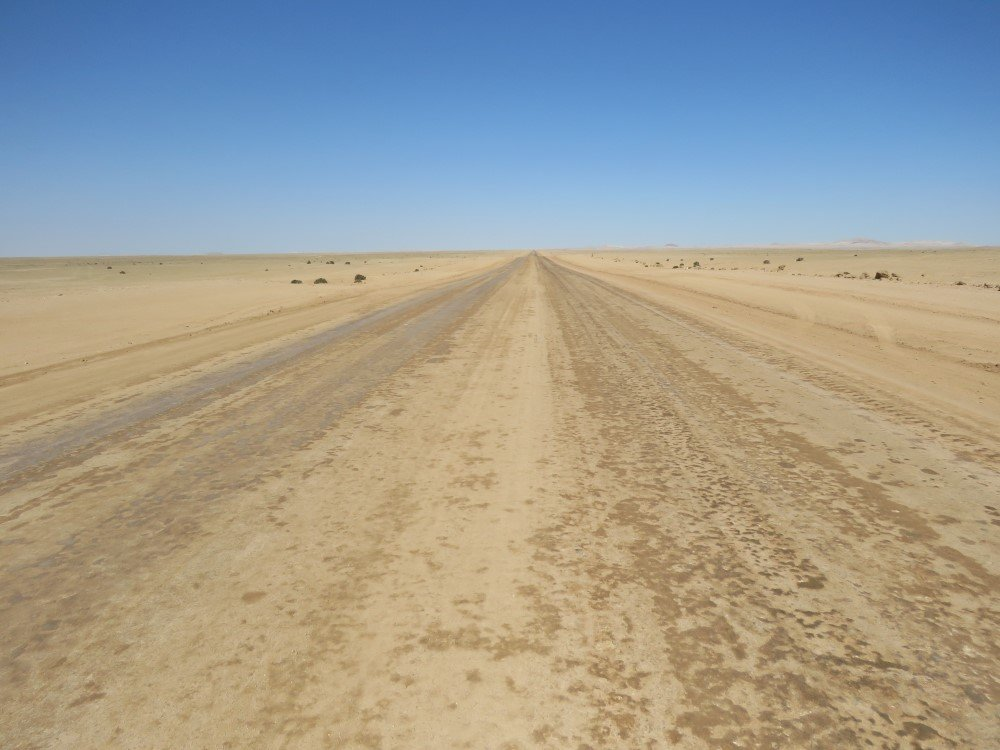
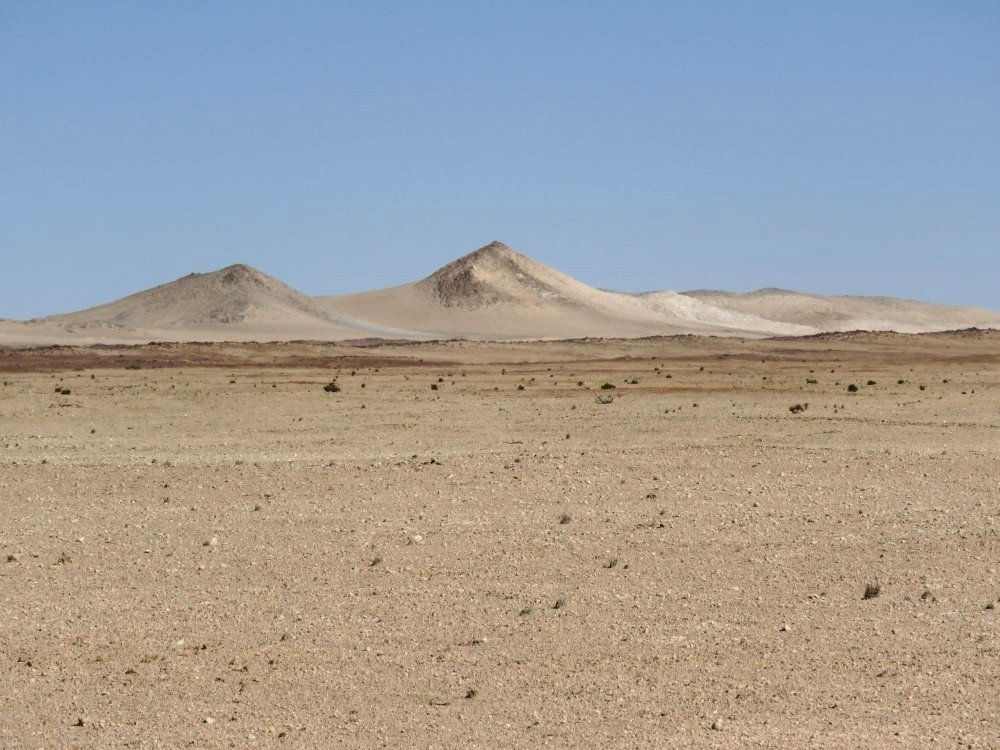
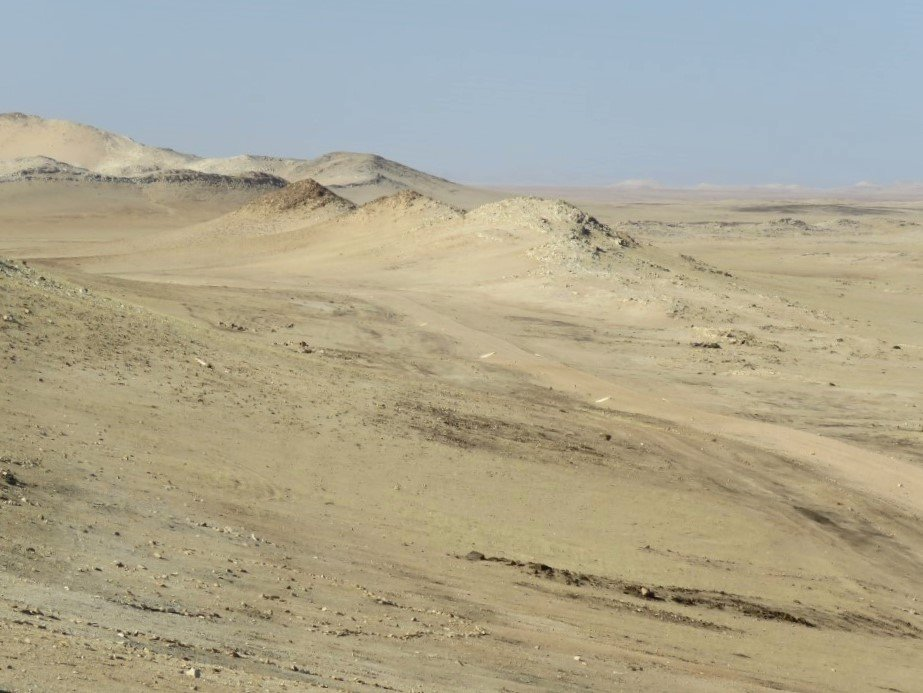
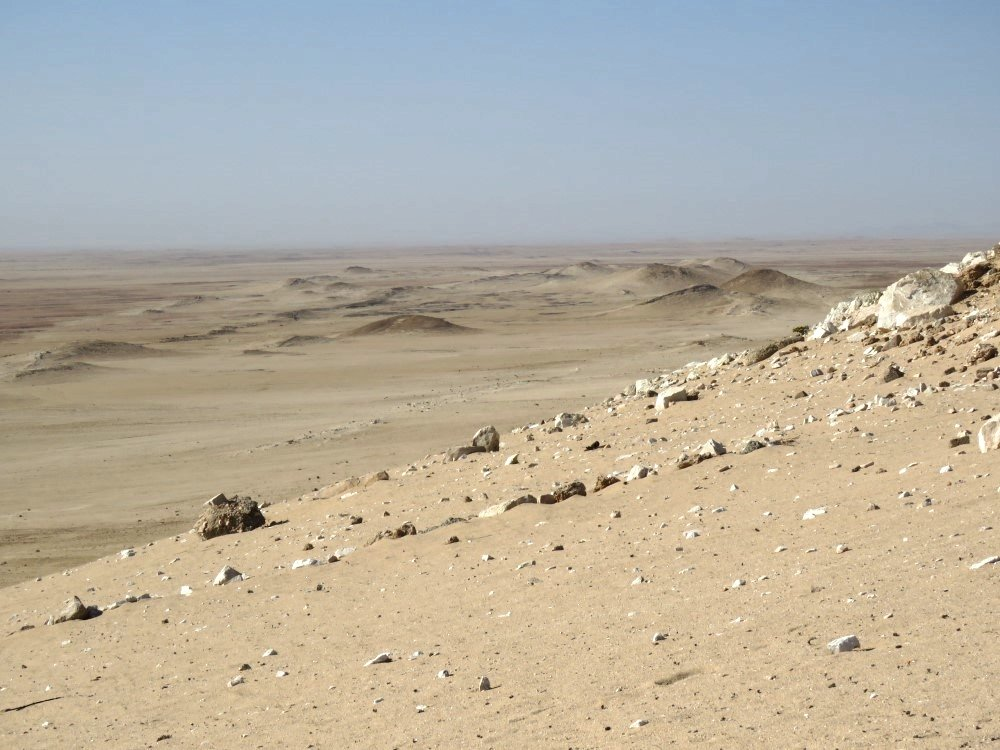
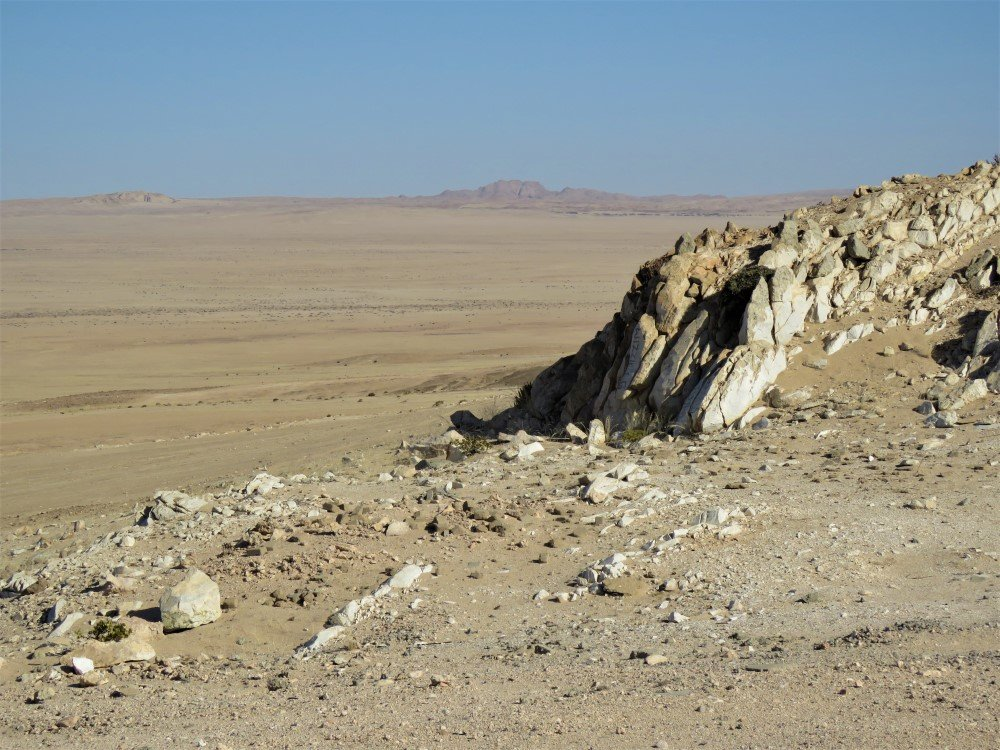
On the way back into town, the wind picked up and we got into a small sand storm.
Day 4: trip to the Zeila wreck and the lichen fields
On our last day we drove north, past Swakopmund to go find the lichen fields and the Zeila shipwreck. A colony of birds have made the rusted remains of the Zeila their home with nests everywhere and birds flying in and out in search of food for their families.
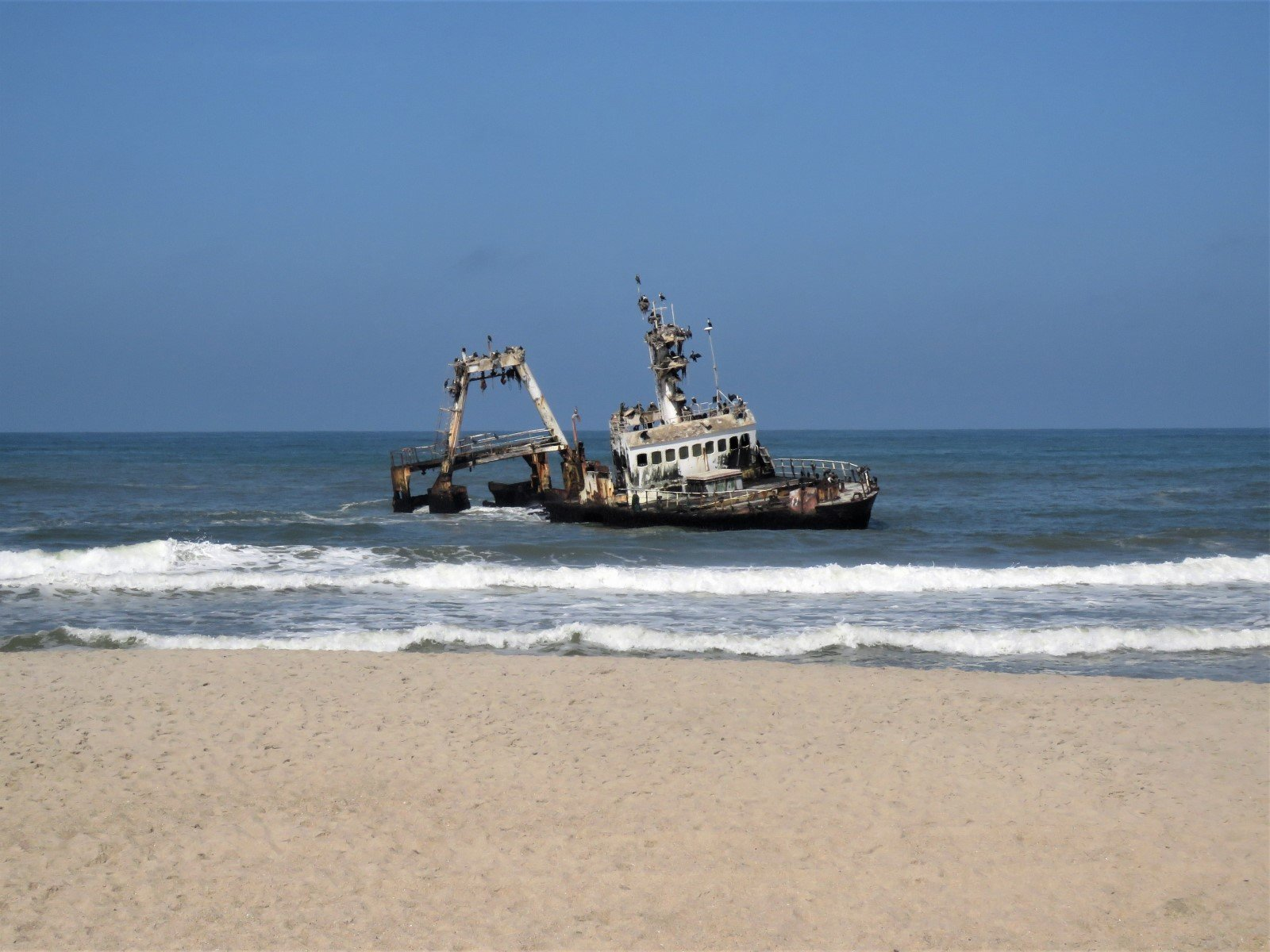
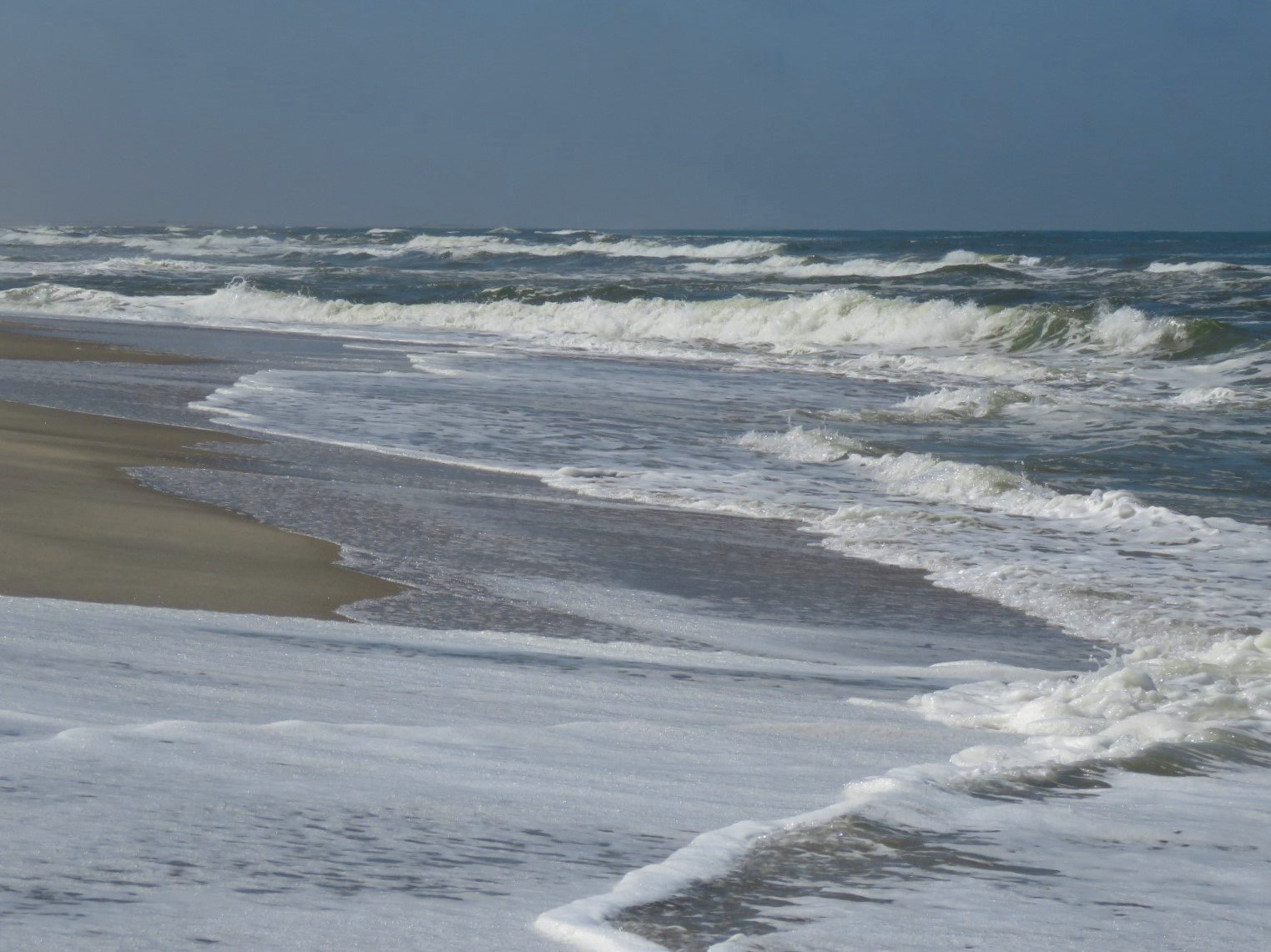
The harshness and wildness of the Atlantic Ocean has been the downfall of many a ship. The Zeila ran aground in 2008, just south of . When we saw her, it was a beautiful sunny day but there was still a firm surf rolling onto the beach. One can only try to imagine how the Zeila – or any ship for that matter – becomes a rudderless toy on the ocean when the elements turn against you. Although it might eventually totally rust up, disintegrate and disappear under the surf, currently it’s home to a colony of birds, who seem more comfortable in the cold wildness of the Atlantic than what the Zeila was.
On the way back from shipwreck Zeila we stopped at the Lichen fields. We almost missed it because the signage is poor and not maintained.
We walked carefully so as to not damage any plants as they grow so close to the soil that you could easily step on them. From a distance it looks like any dried and parched desert landscape, but getting up close and personal with the lichen, a wonderful diversity of colours, textures and shapes opens up like a miniature world, fed by the mist that drifts in from the Atlantic Ocean.
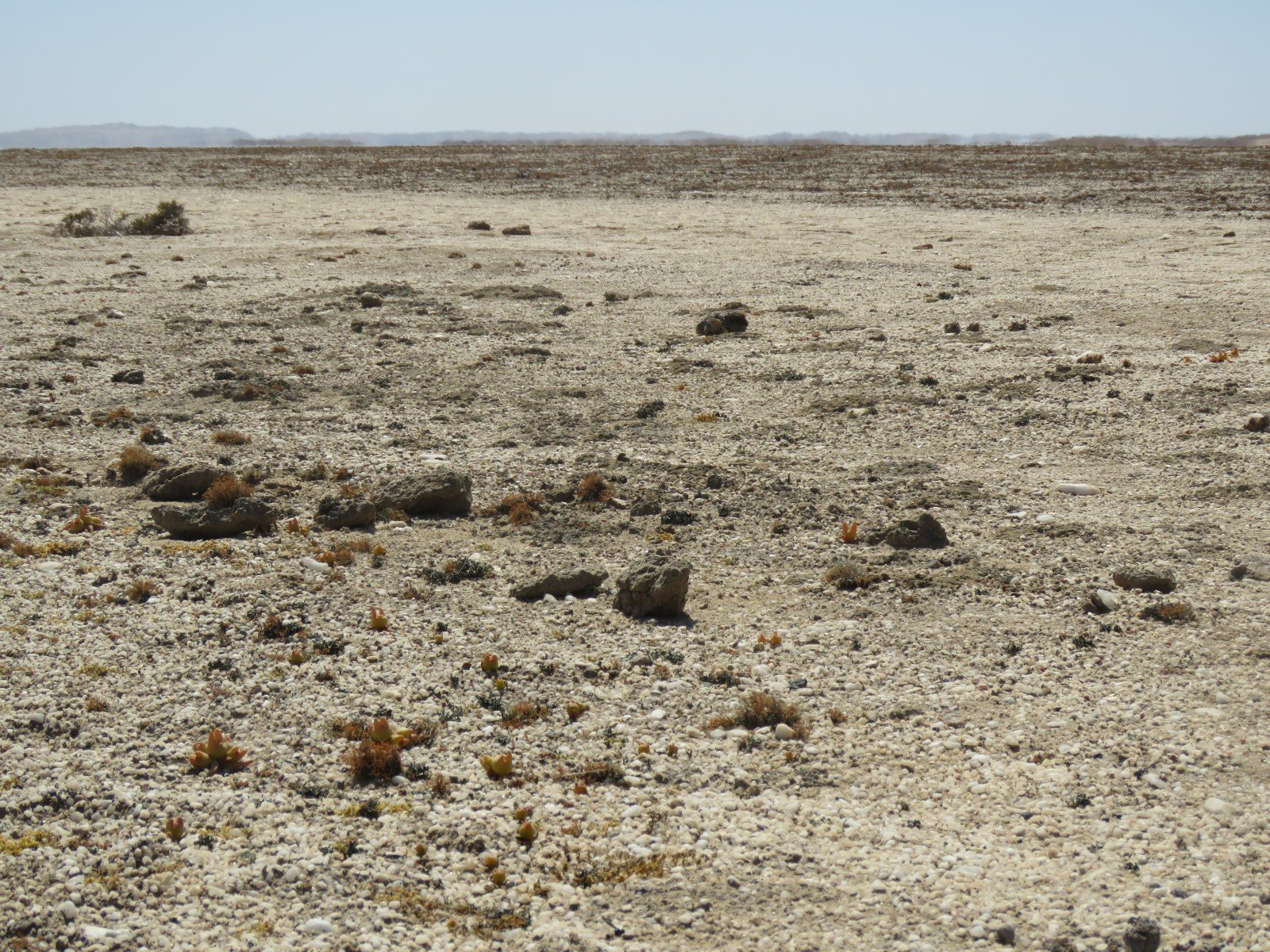
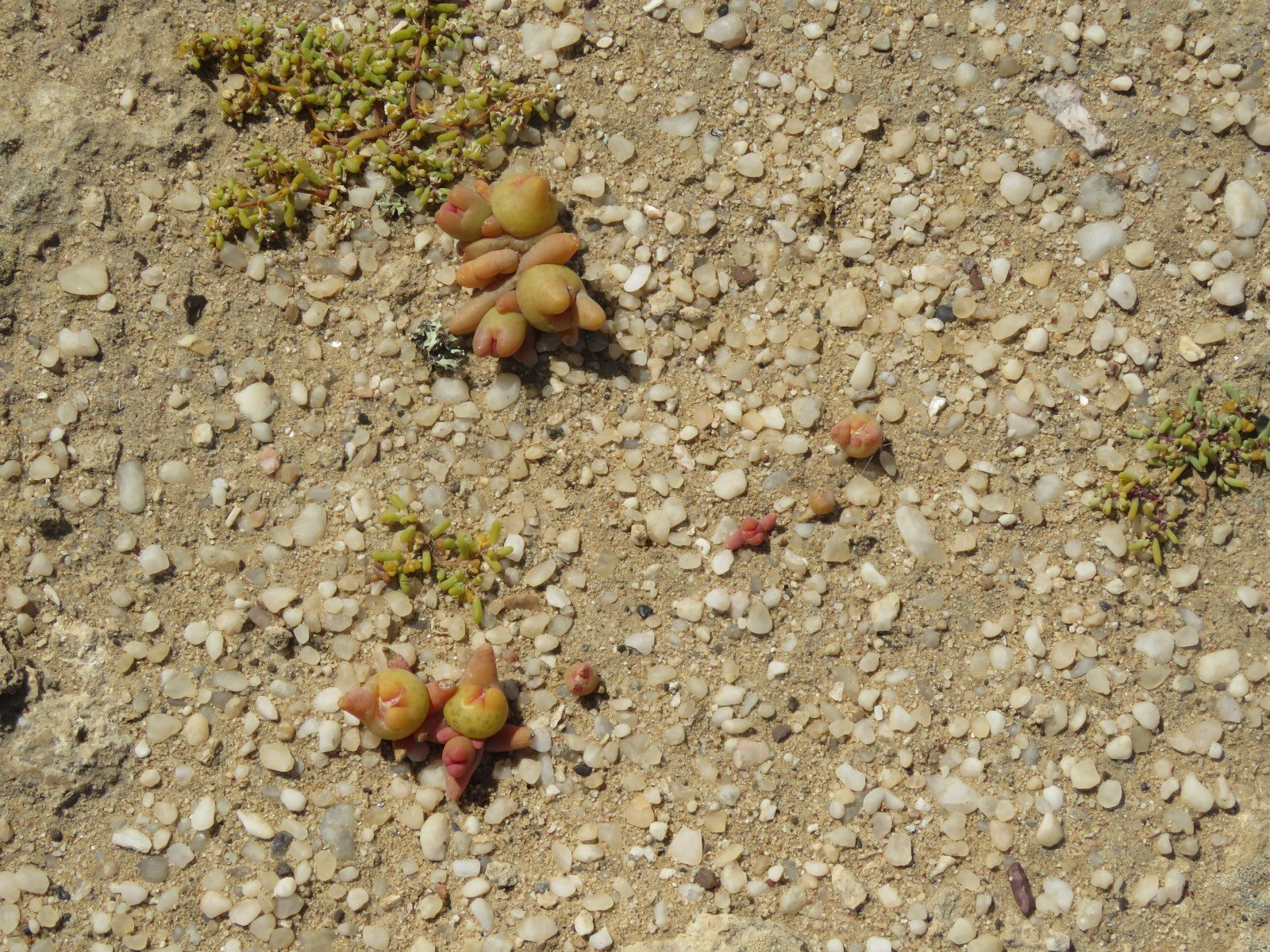
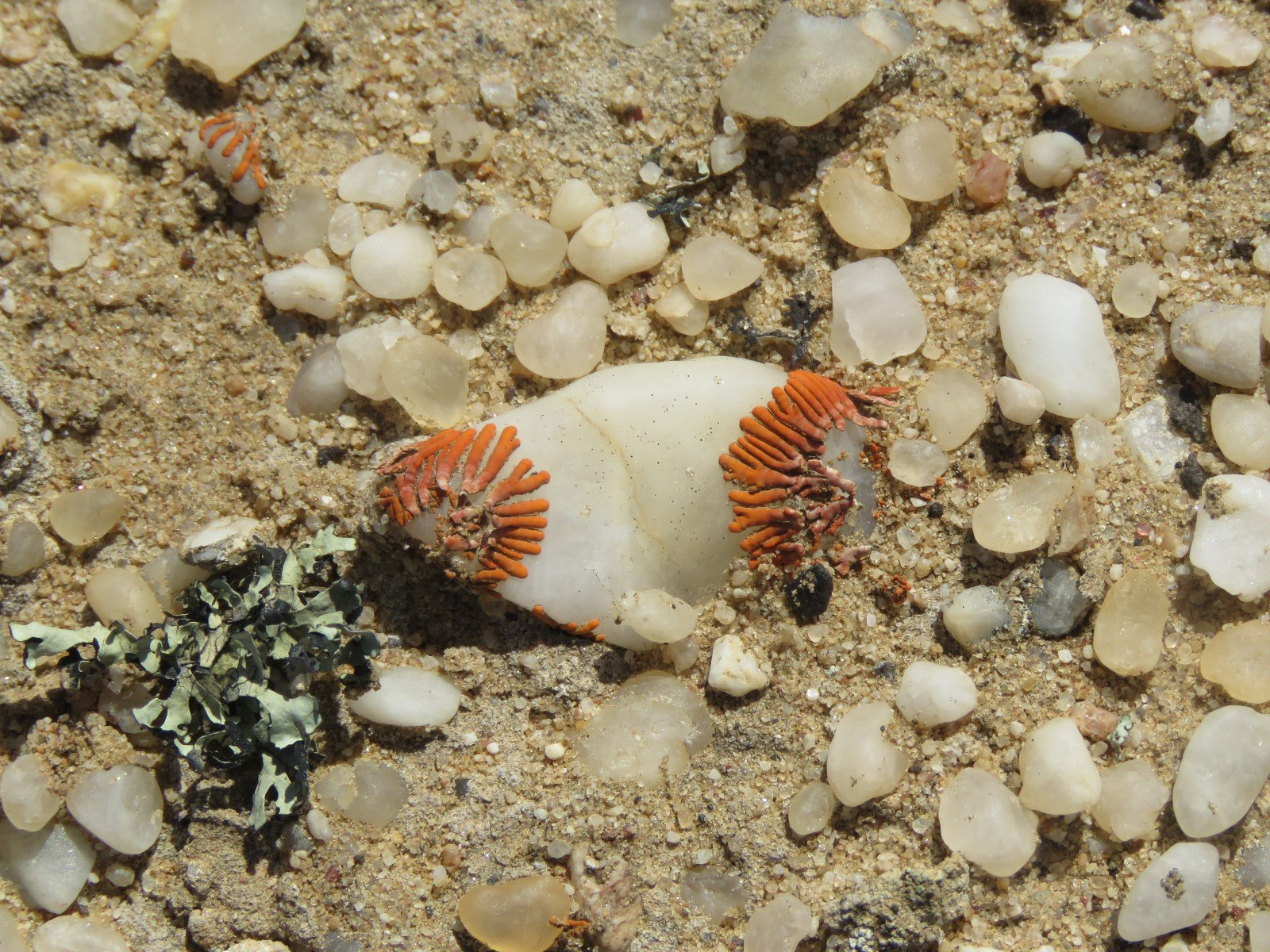
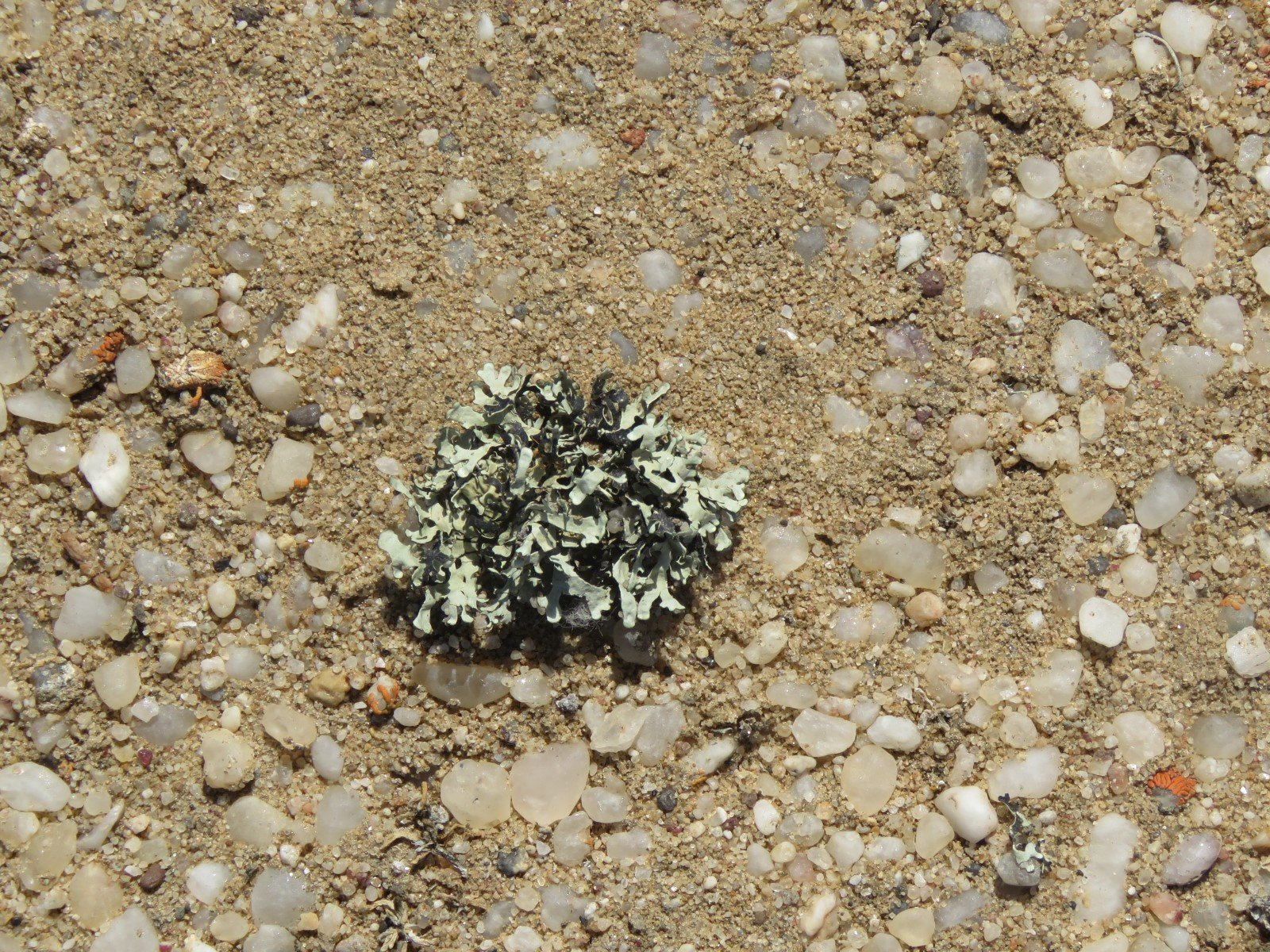
Day 5: going back home
Flying in a small plane has the advantage of flying pretty low, so we got magnificent aerial views of the Namibian desert and later the game and agricultural landscapes of Botswana.
The variety of the landscape was absolutely beautiful in its abstractness: the colours, textures, shapes and lines … just amazing!
We were sure we could see elephant at a waterhole in a clearing in the bush! (second last photo)
It was a good weekend!
Find more photos here.
For more photos, clips and videos follow us on
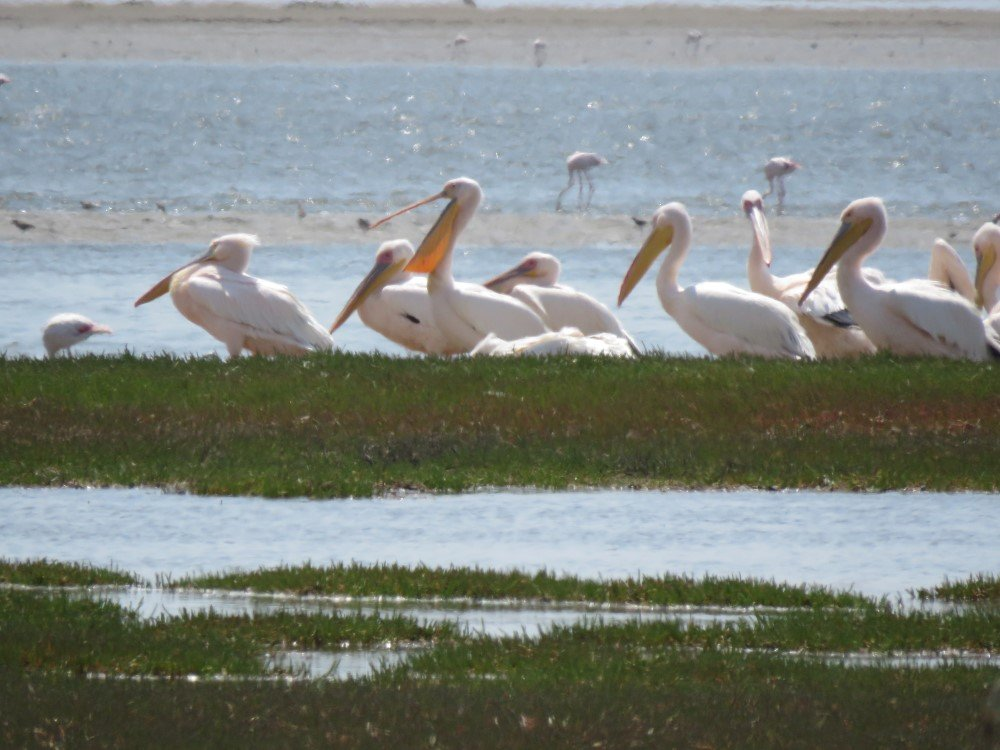
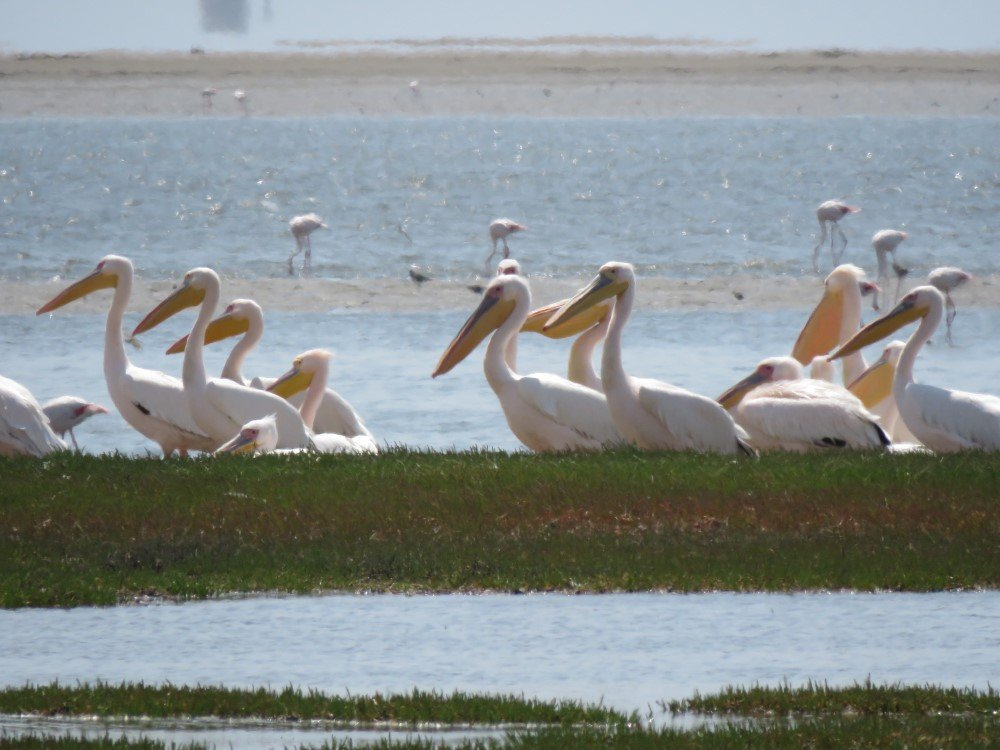
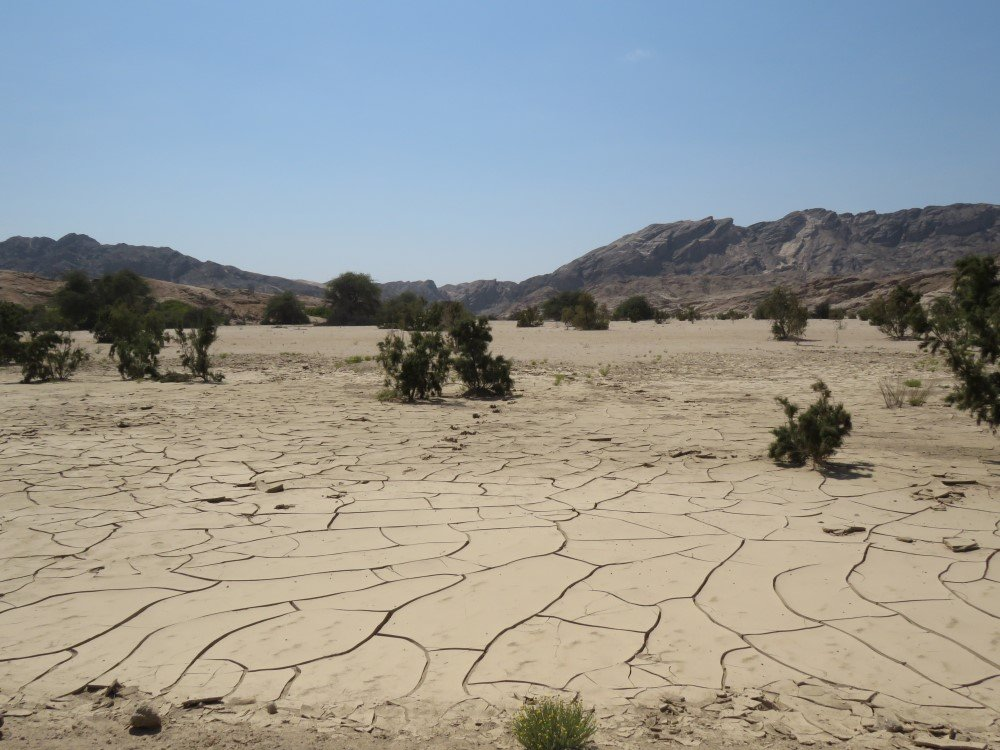
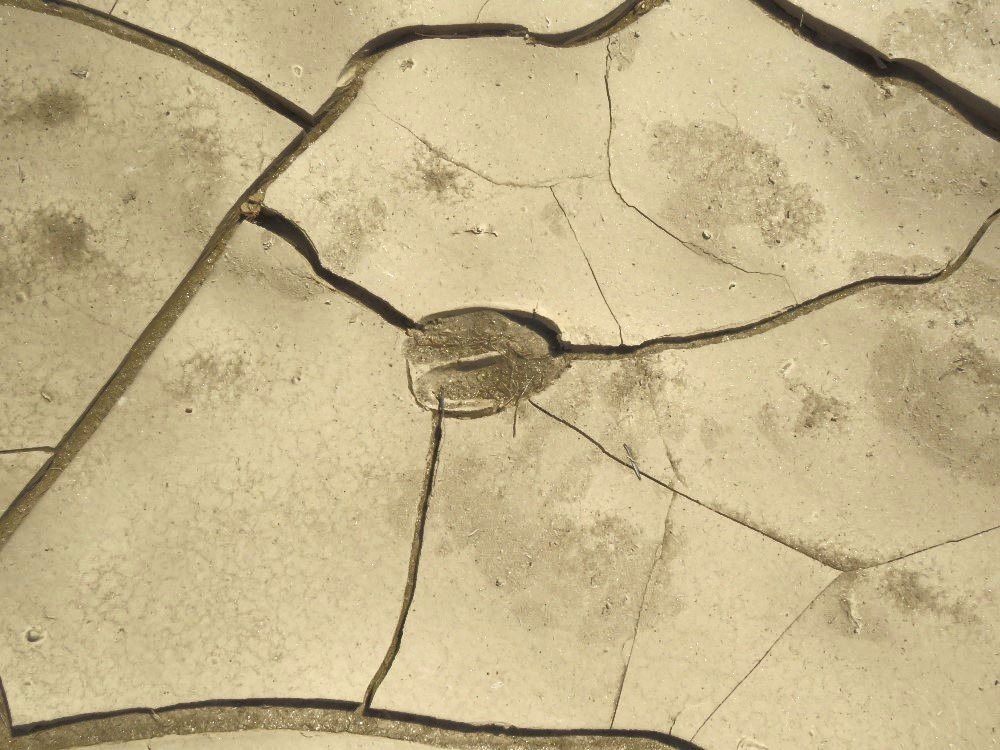
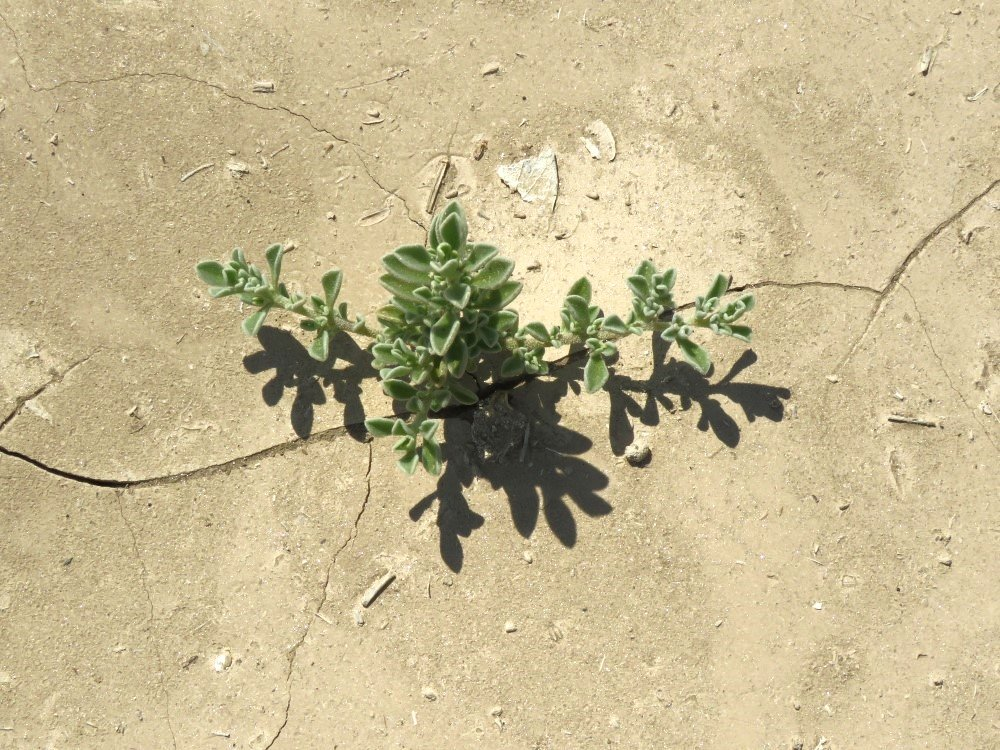
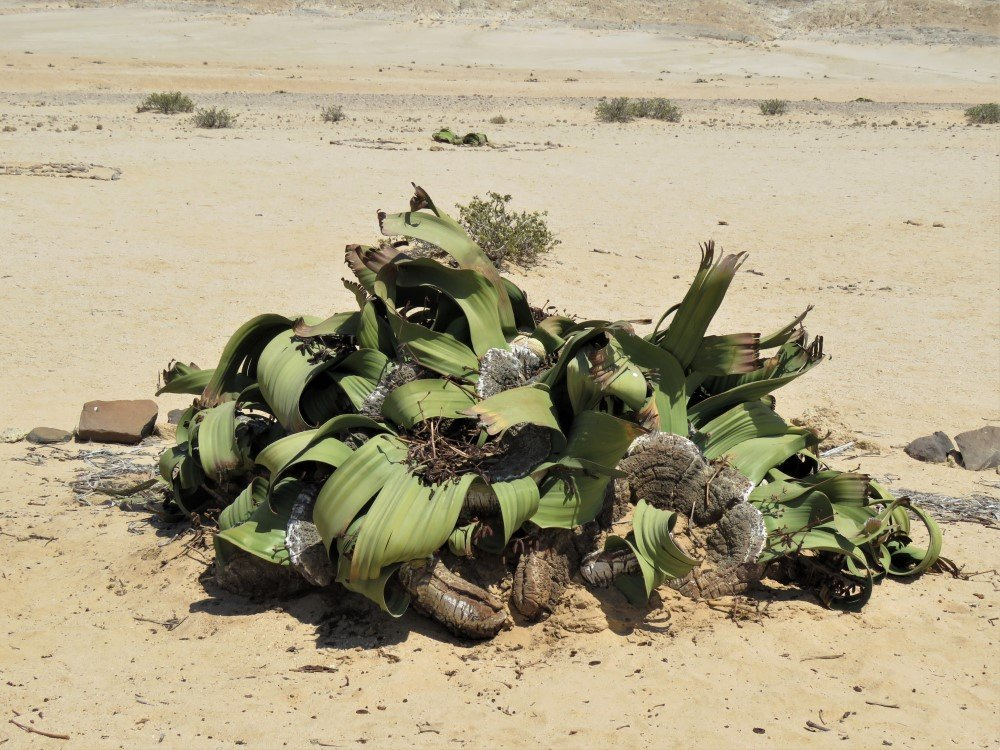
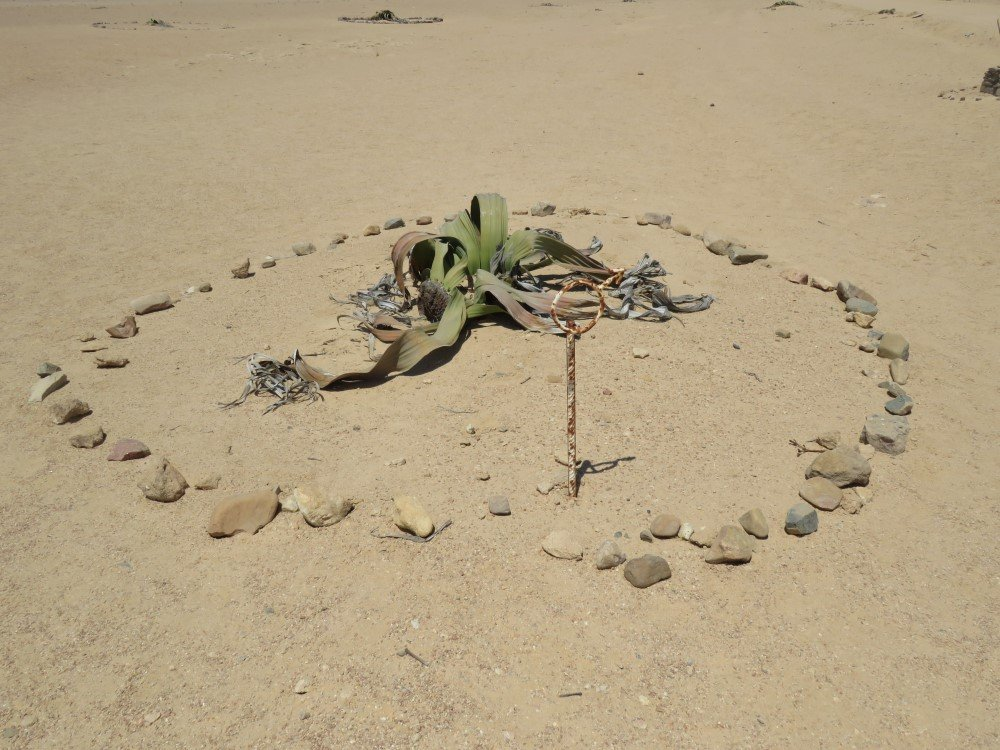
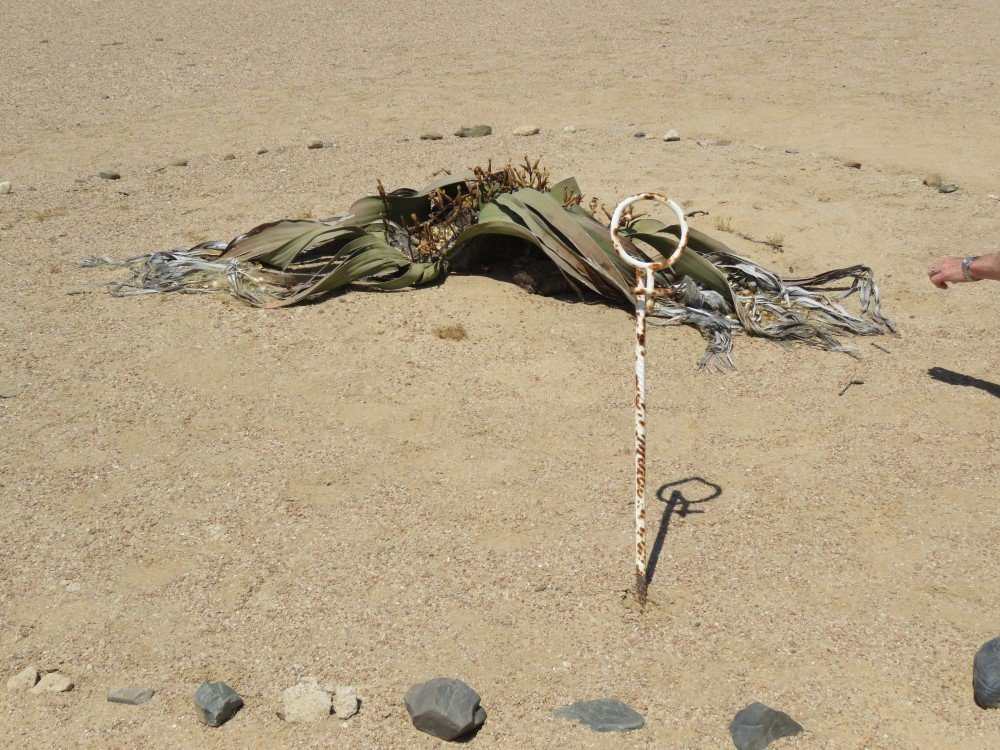
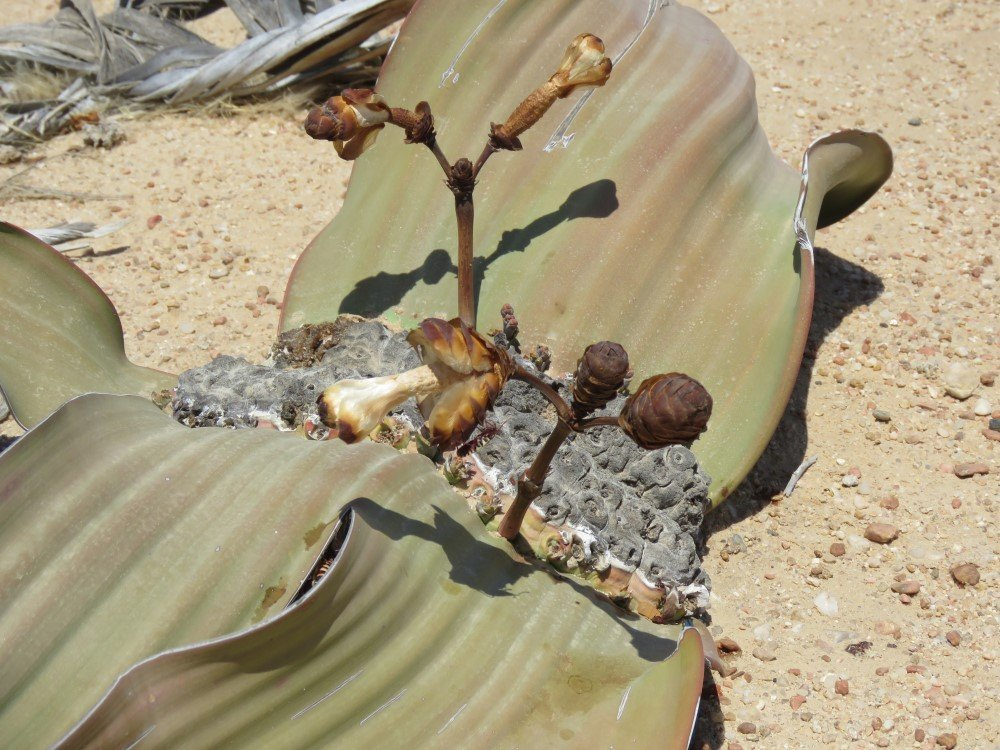
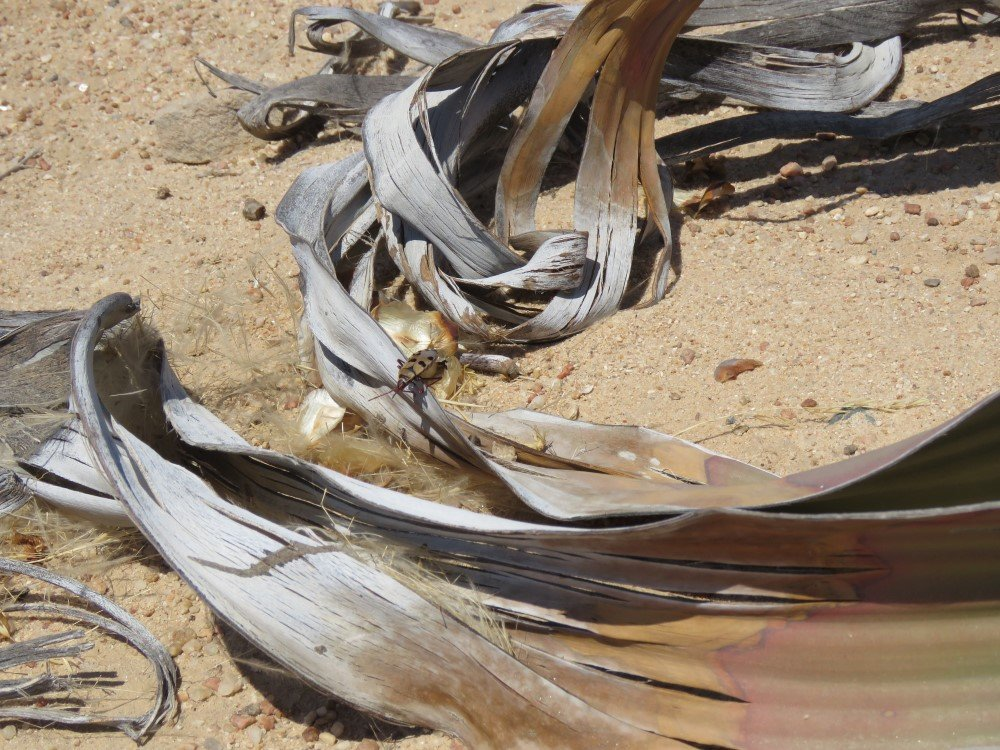
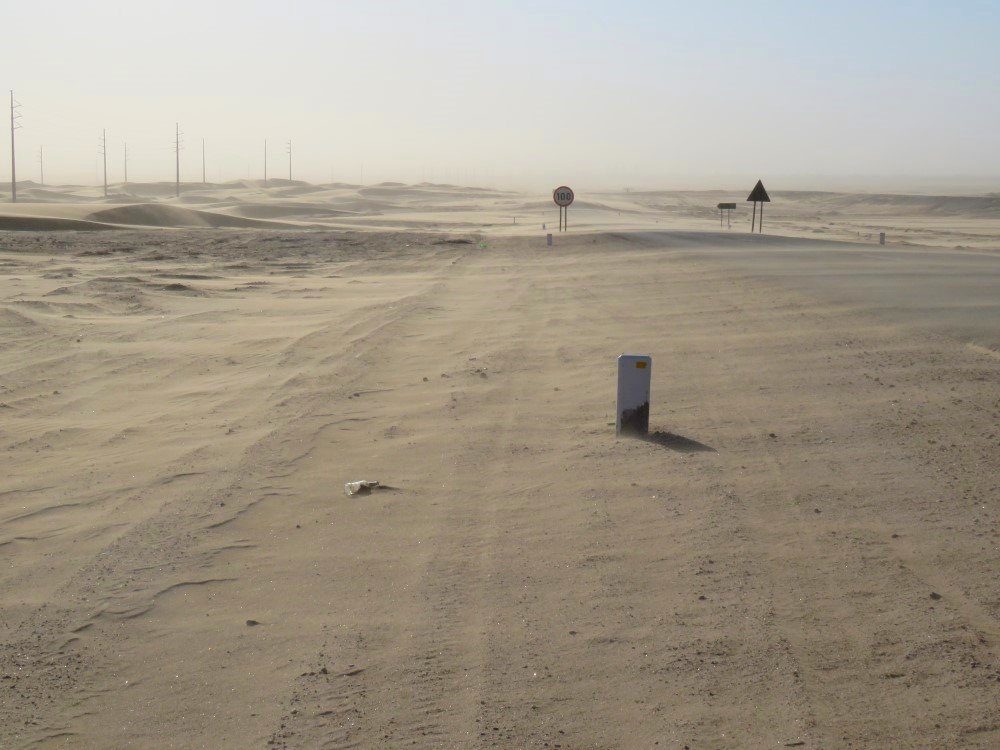
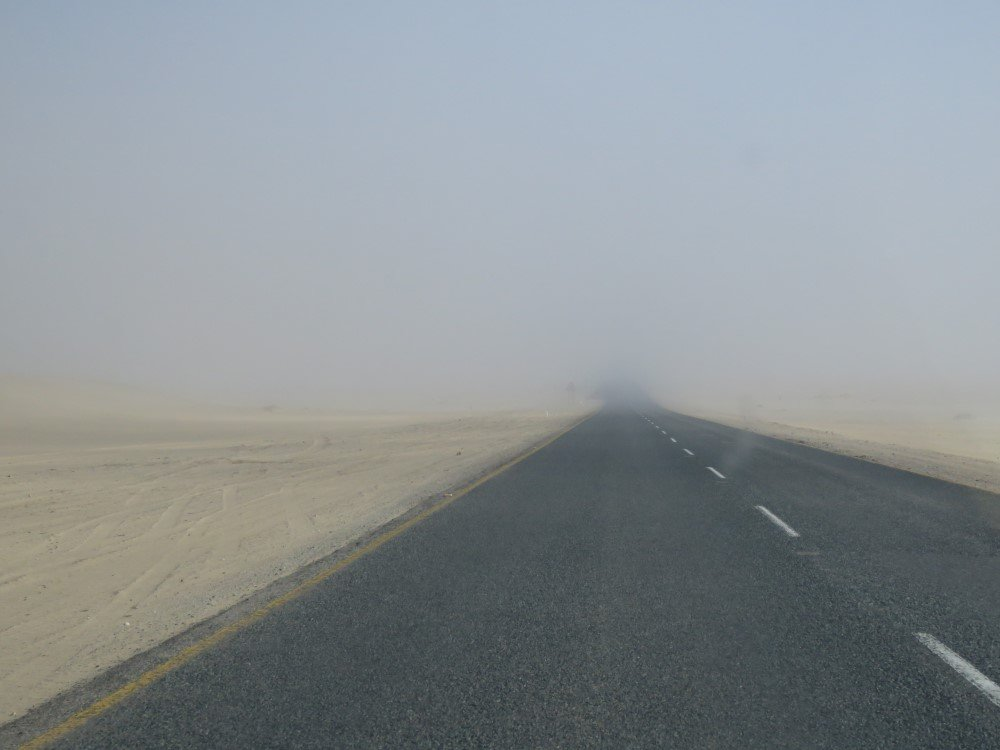
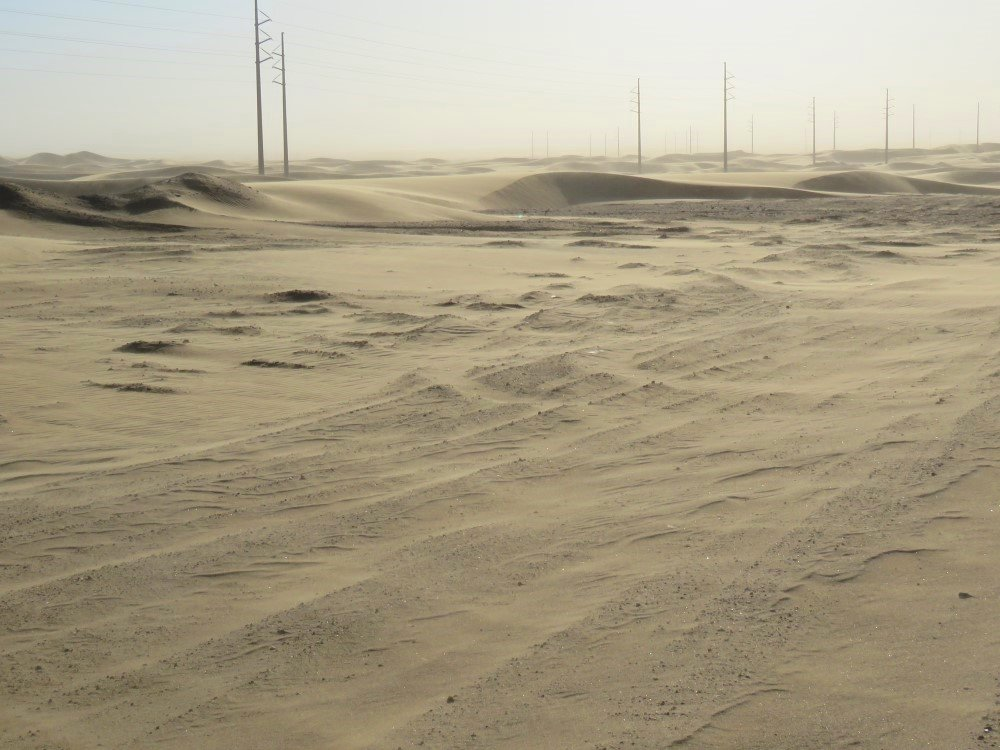
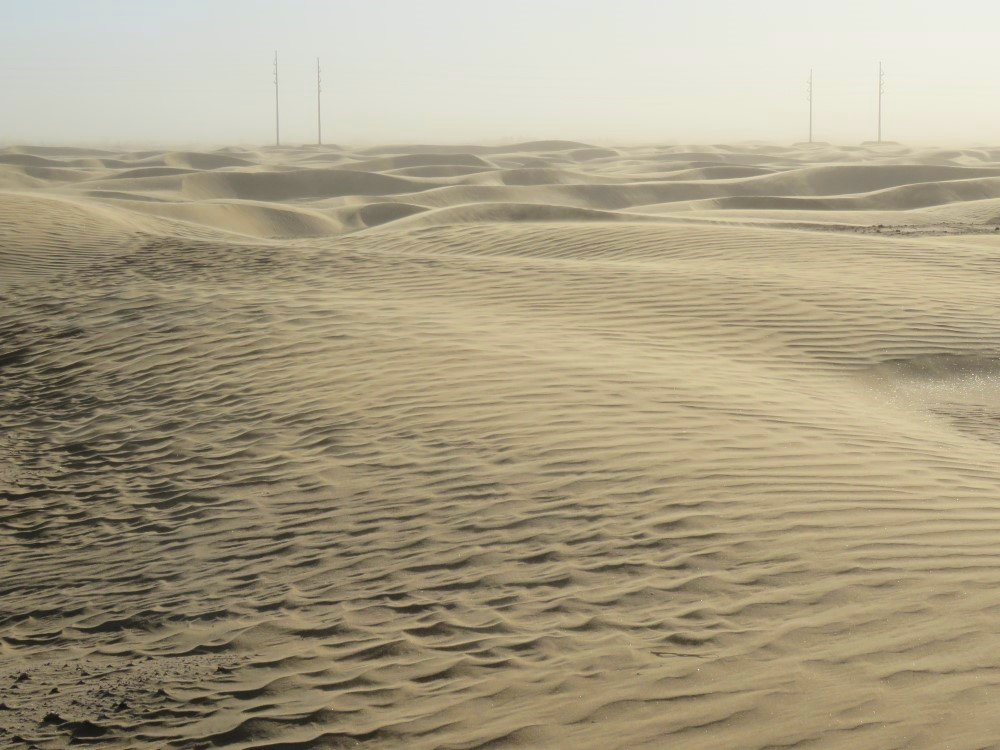
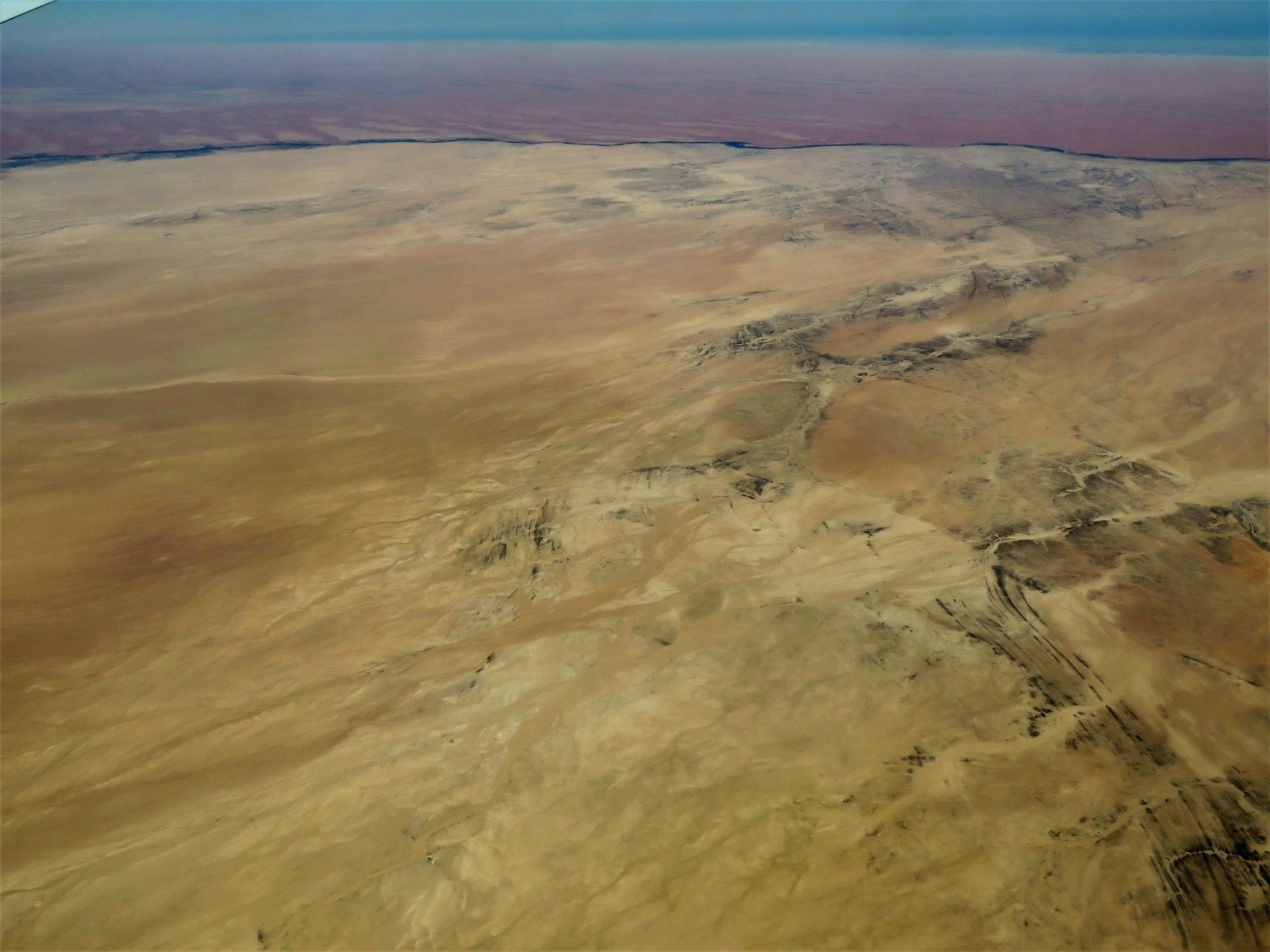
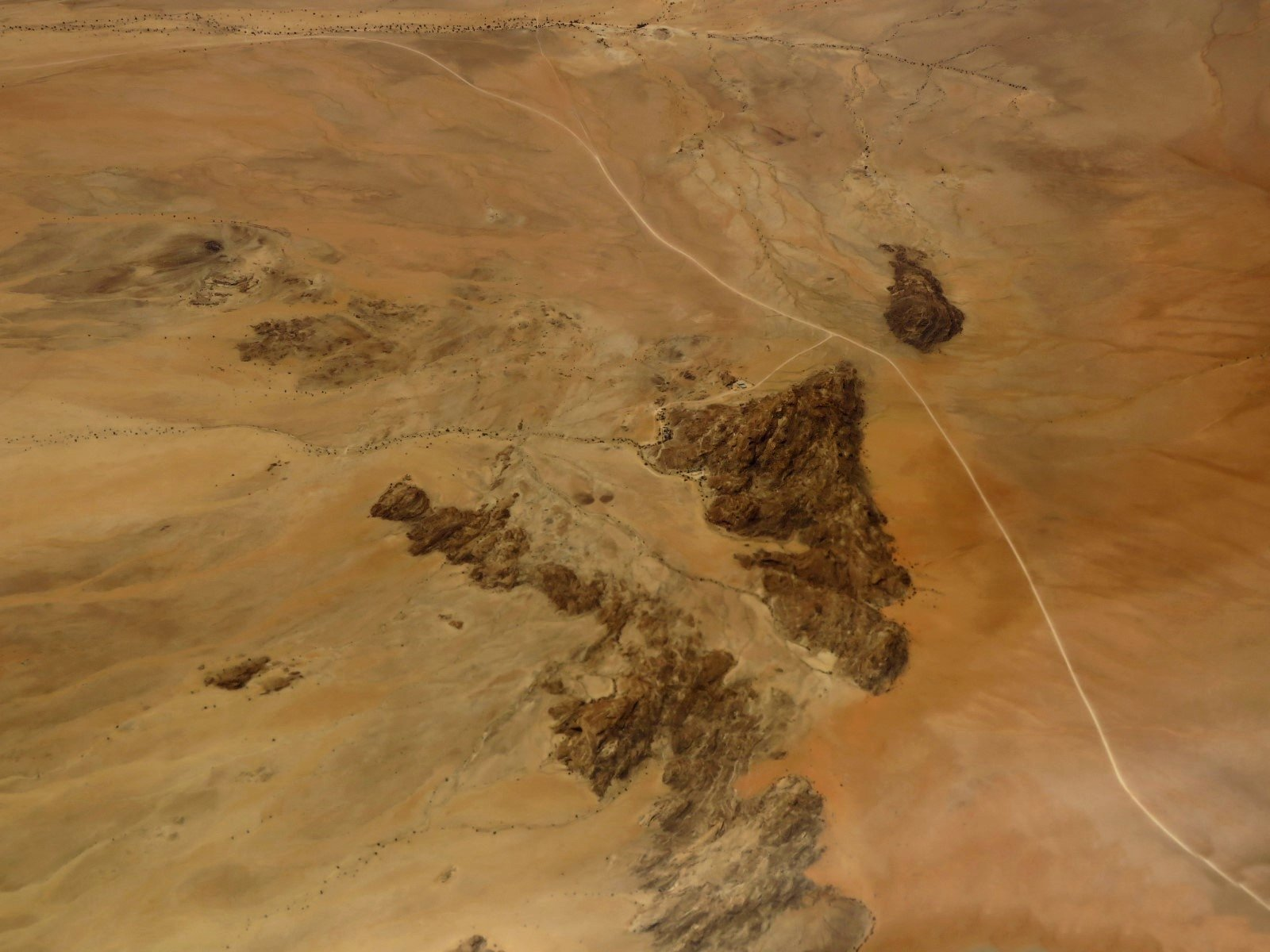
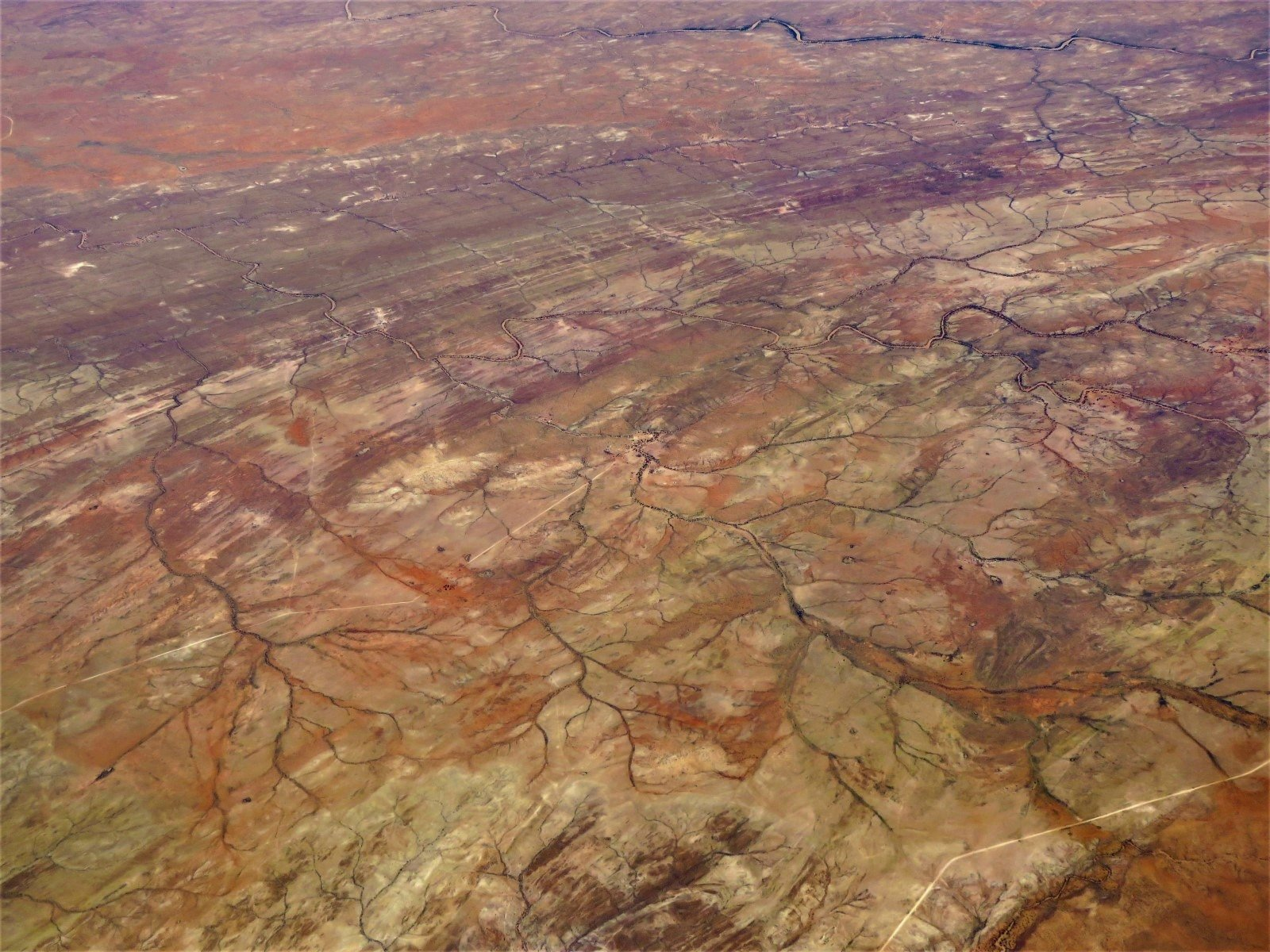
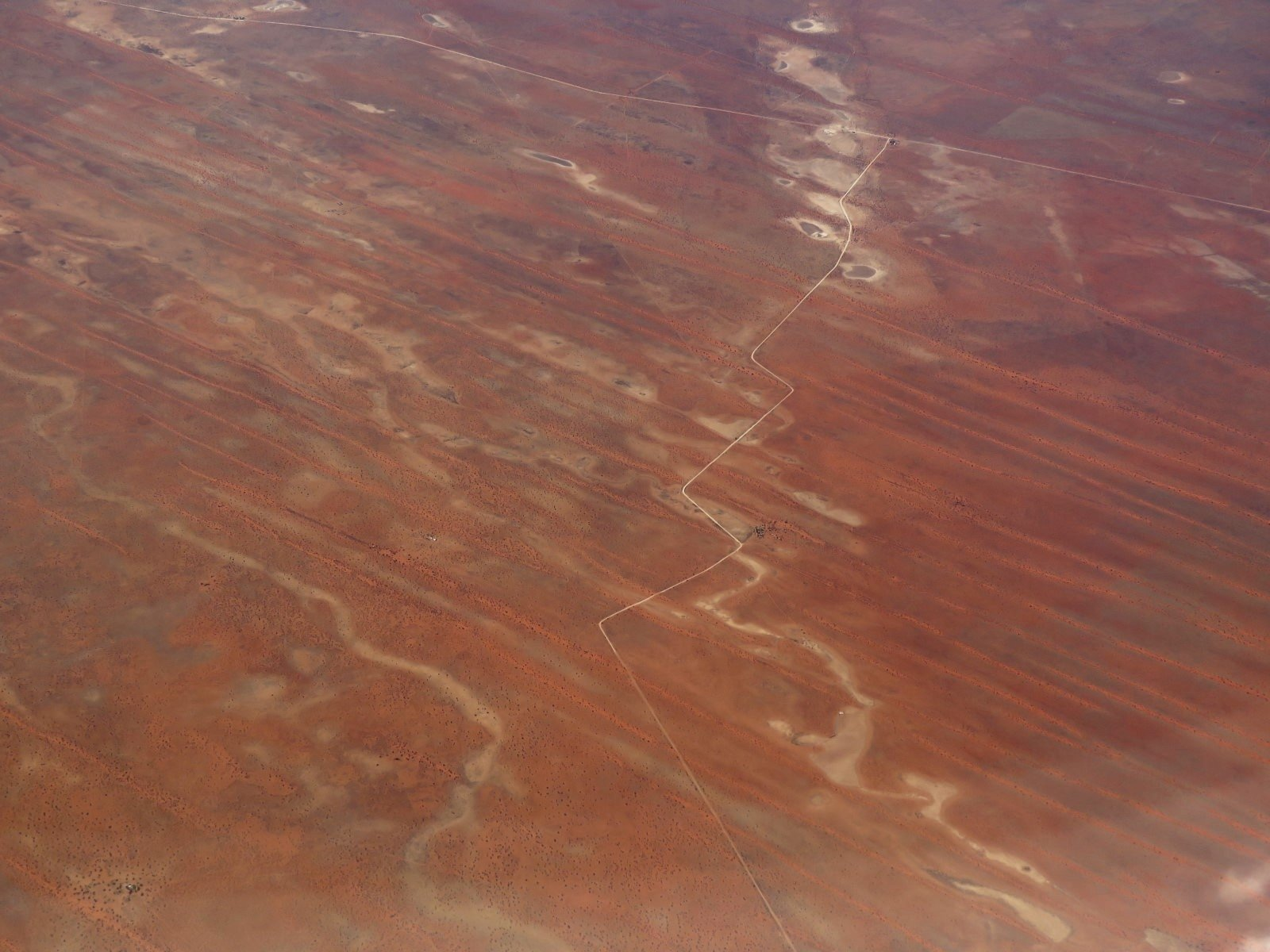
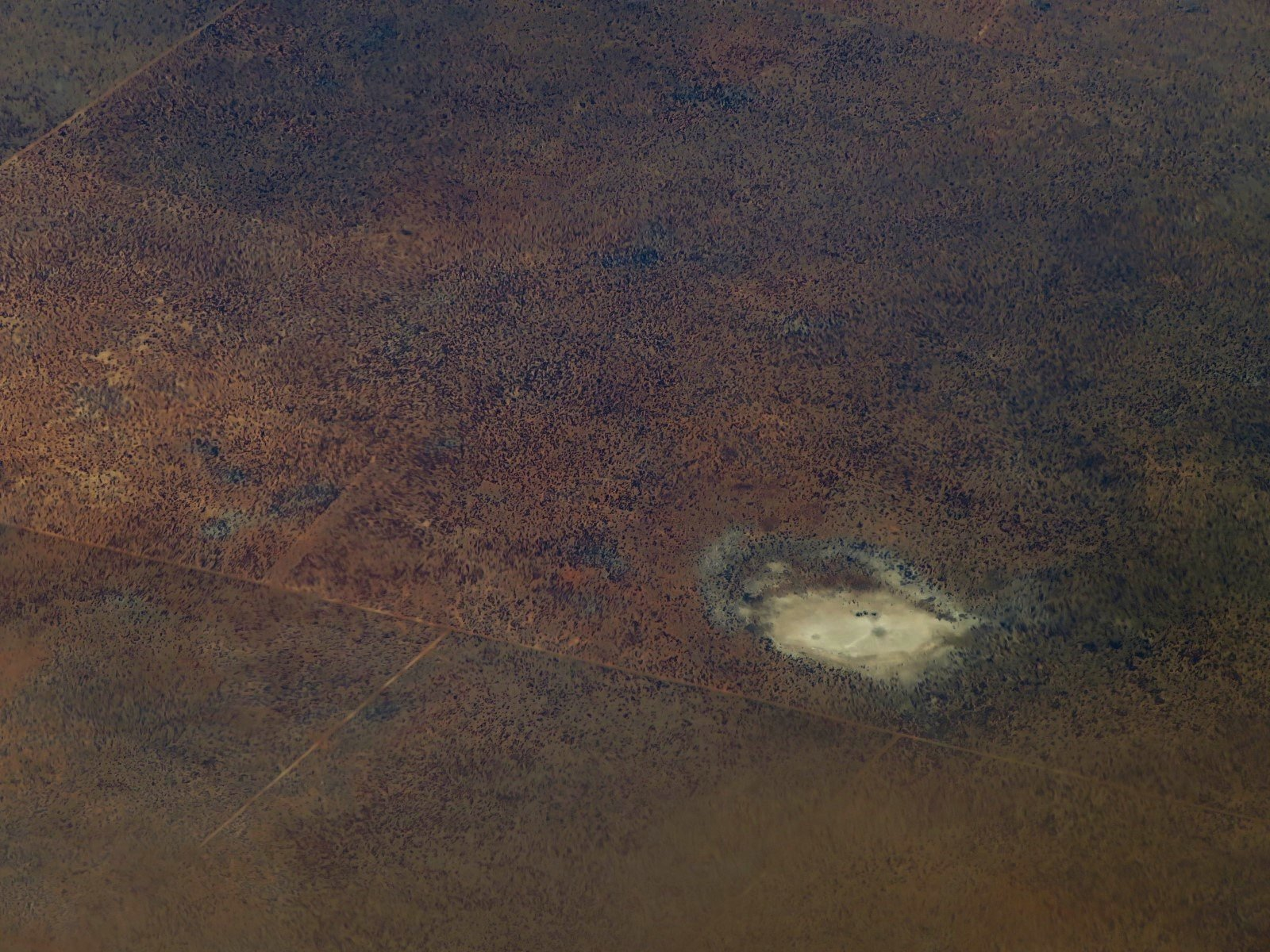
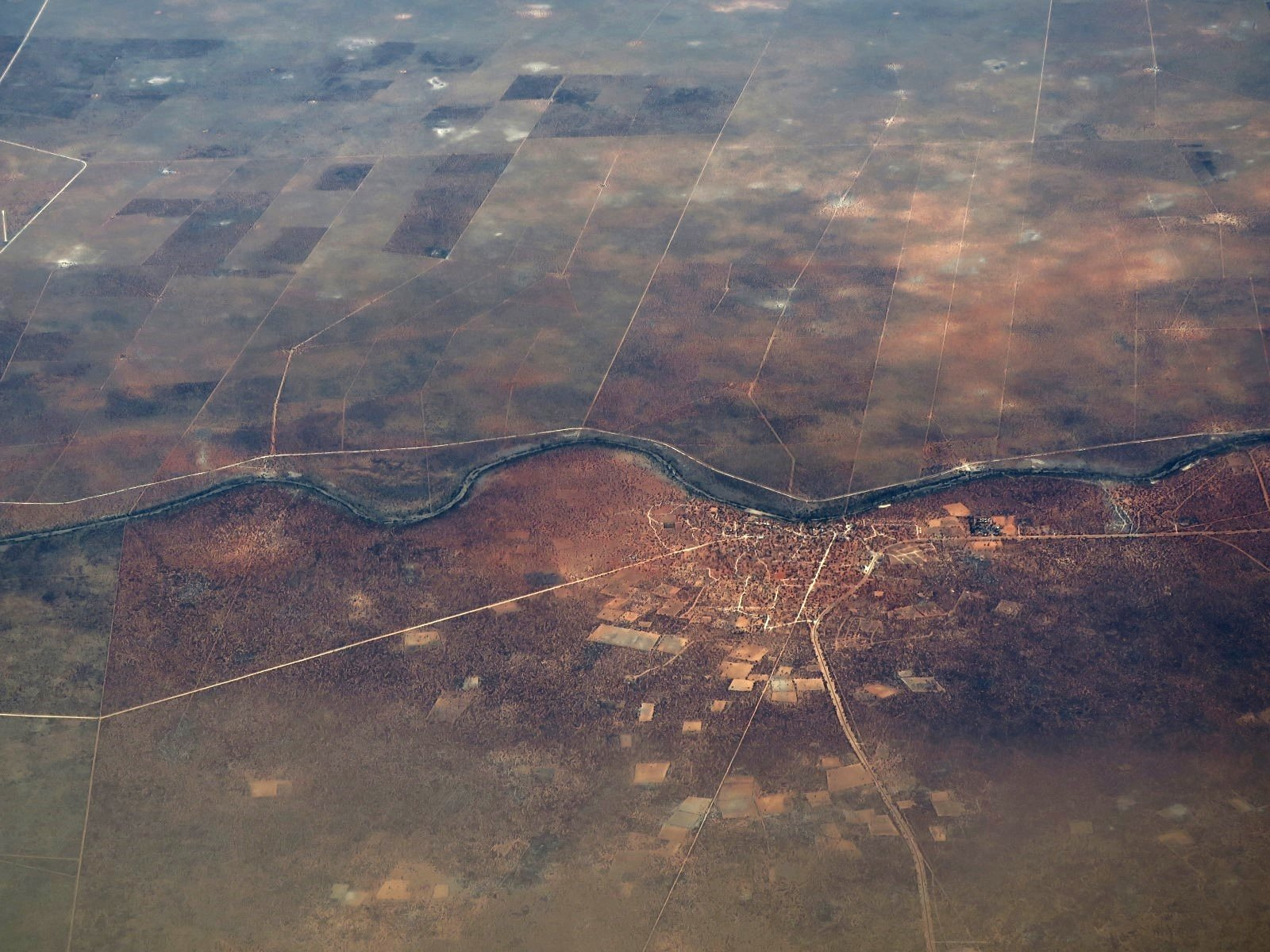


Walvis Bay